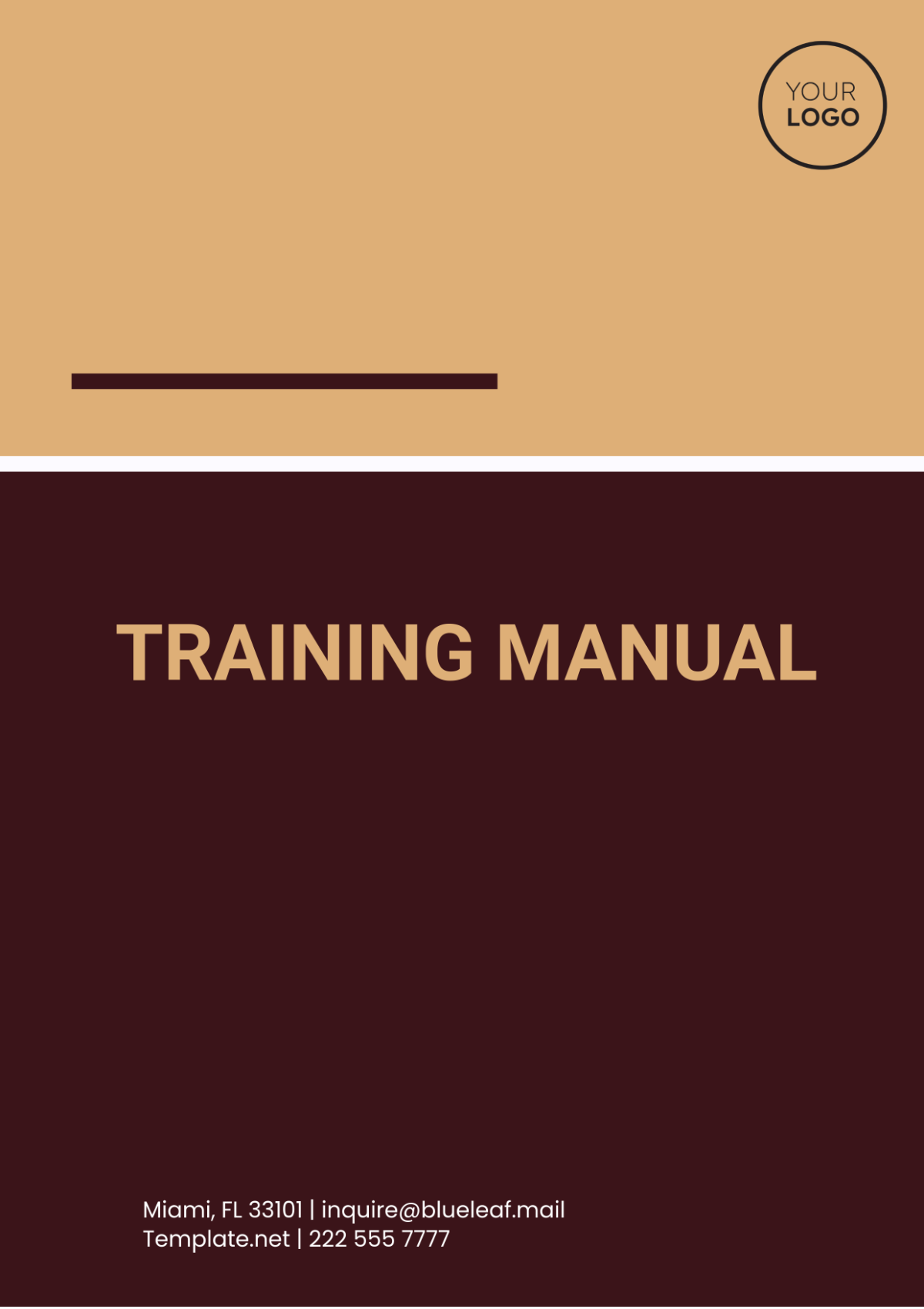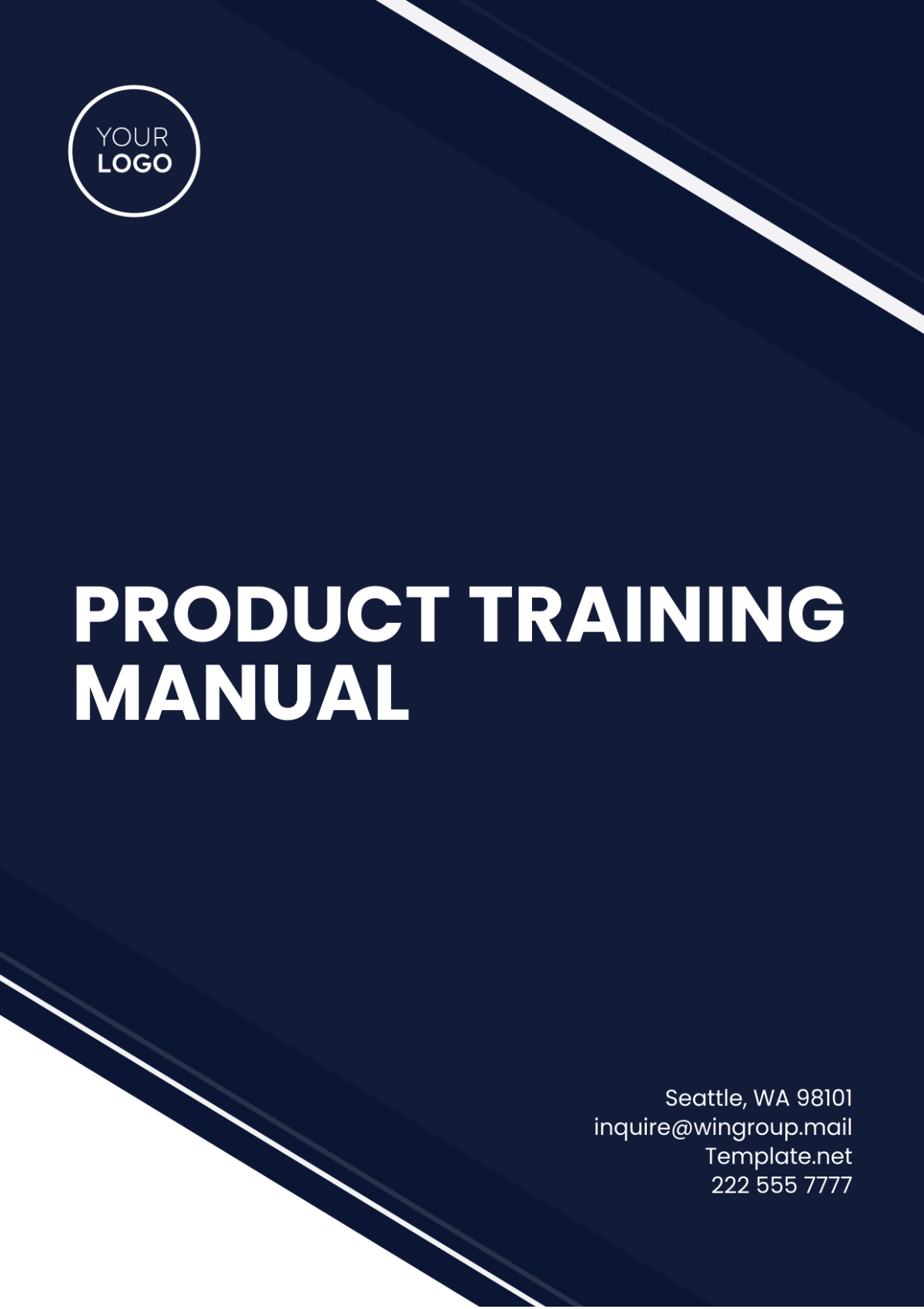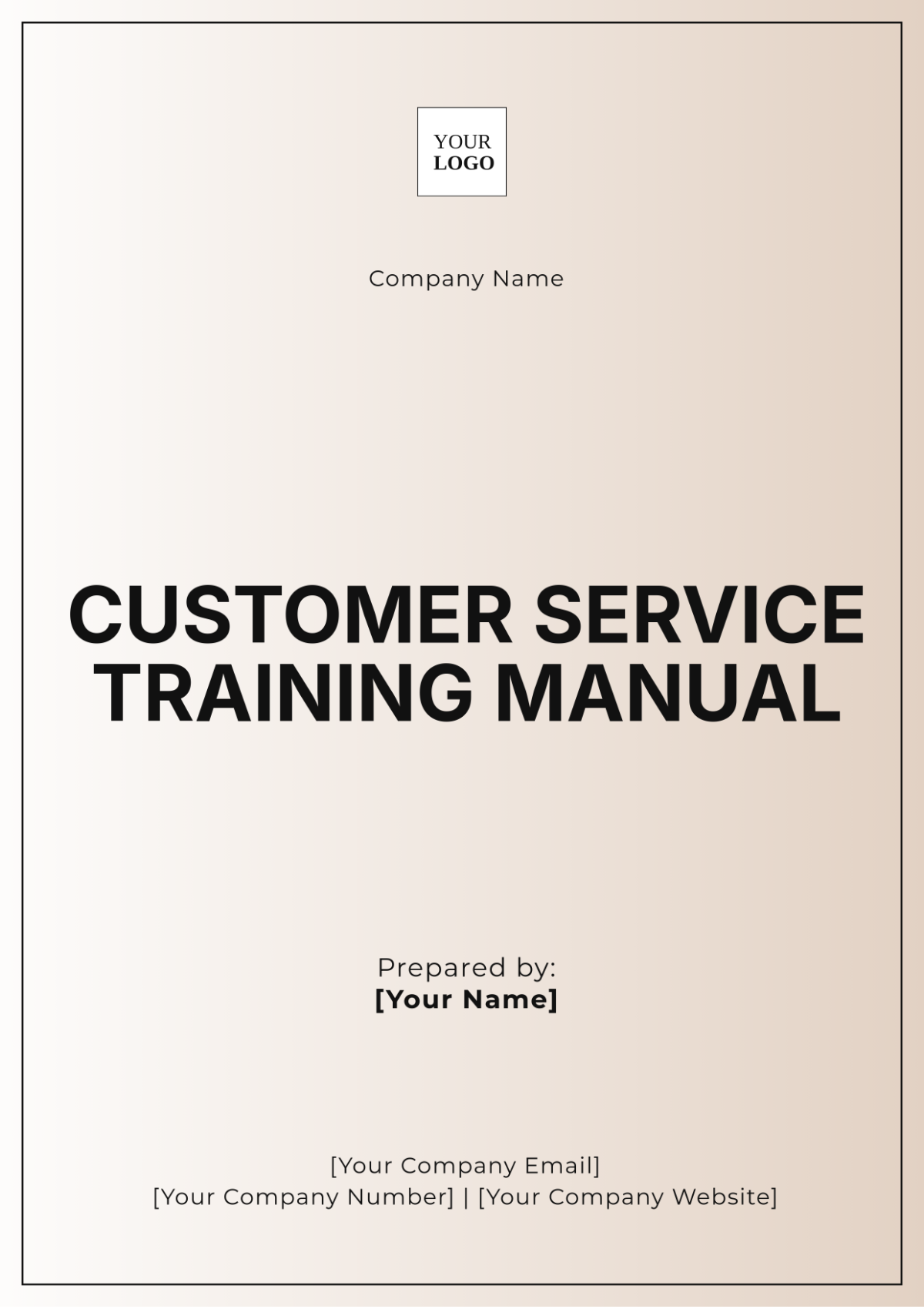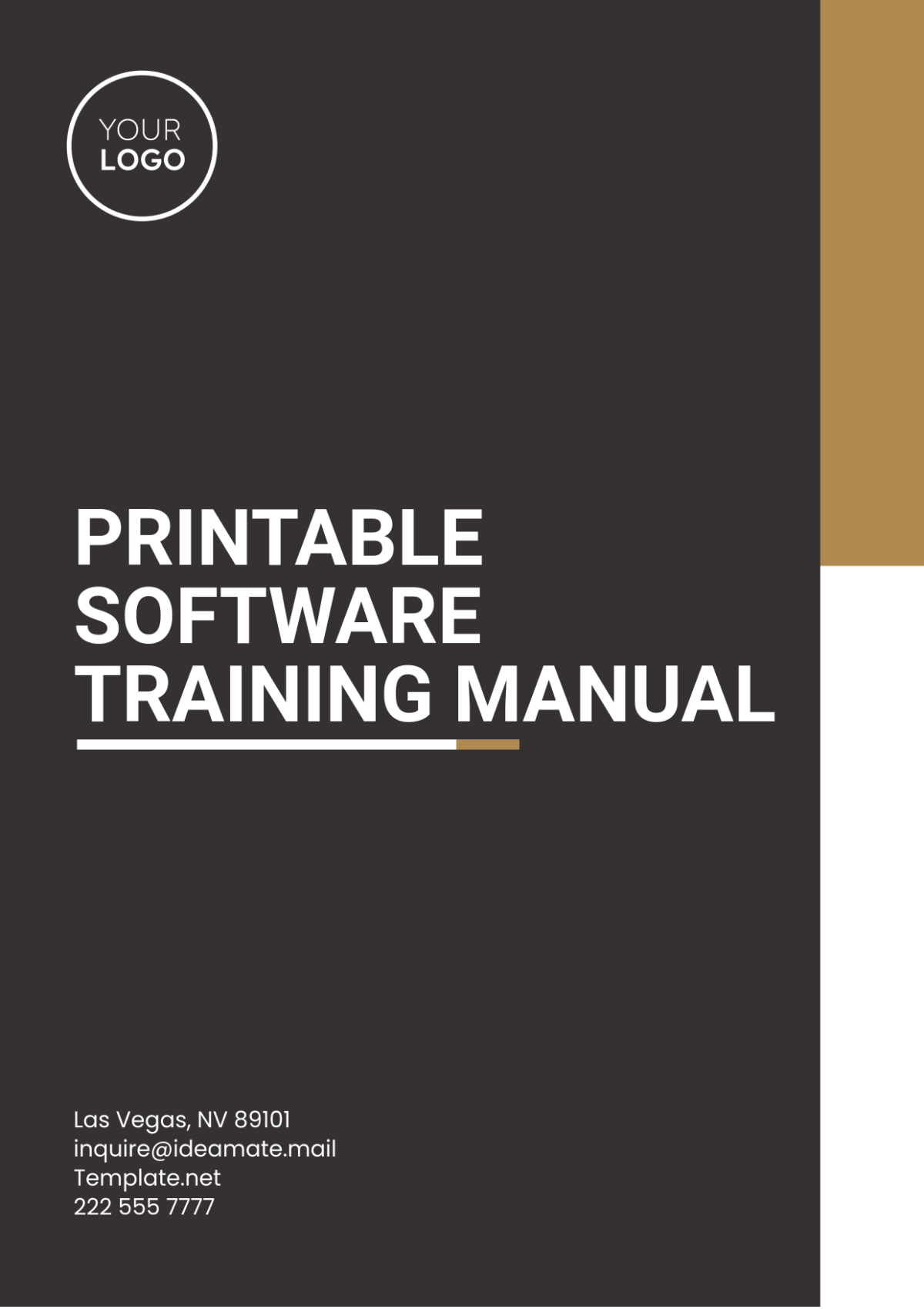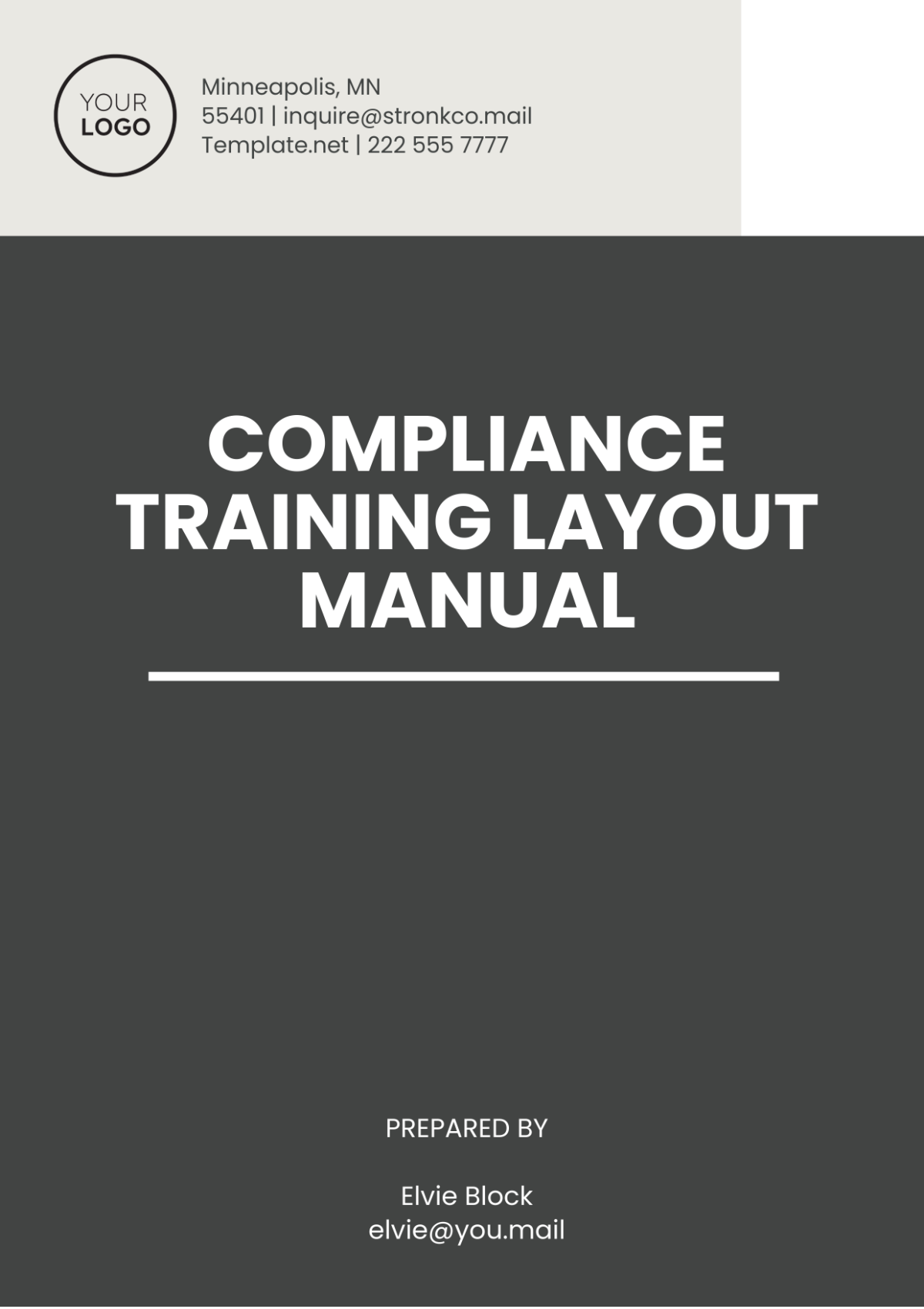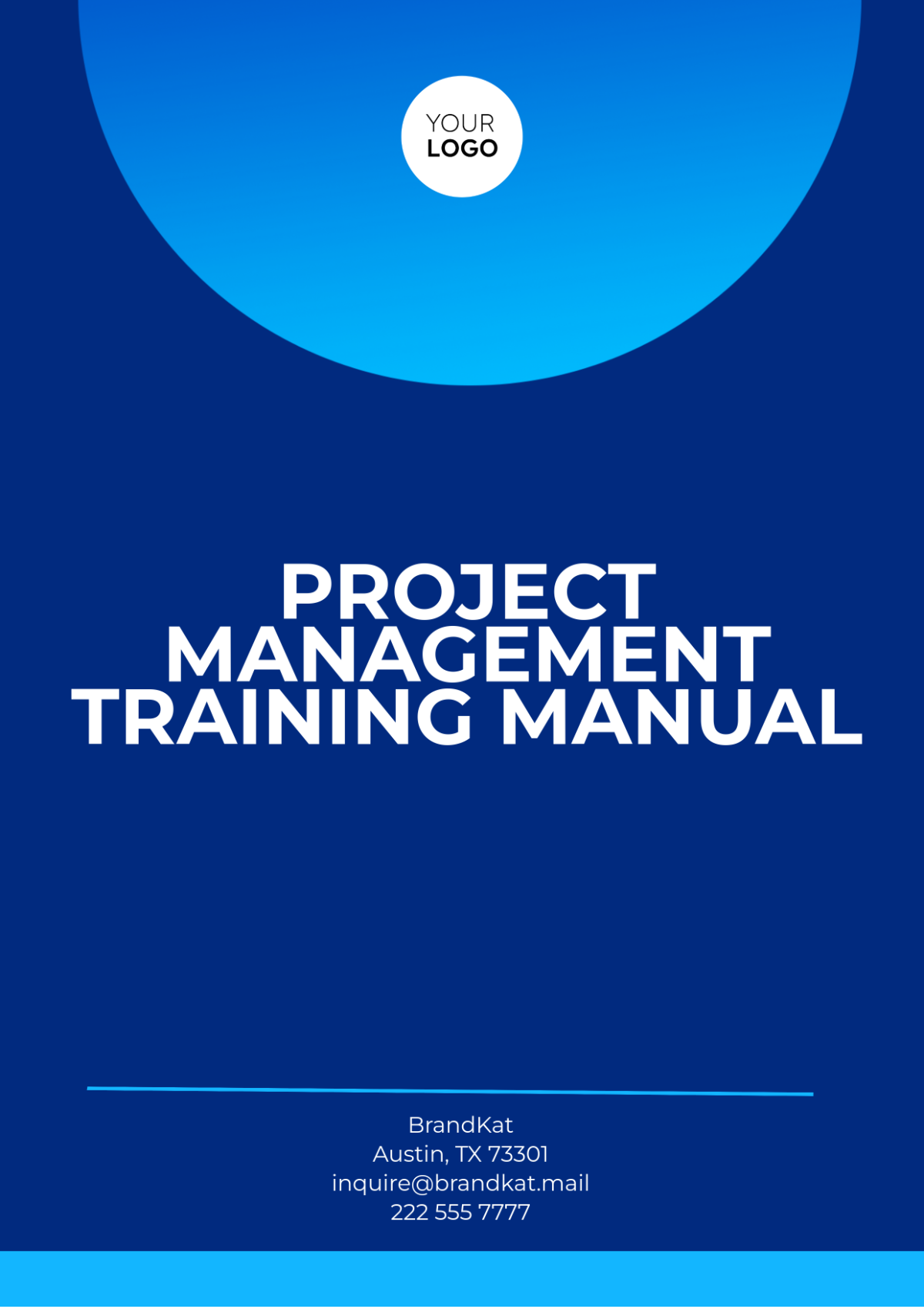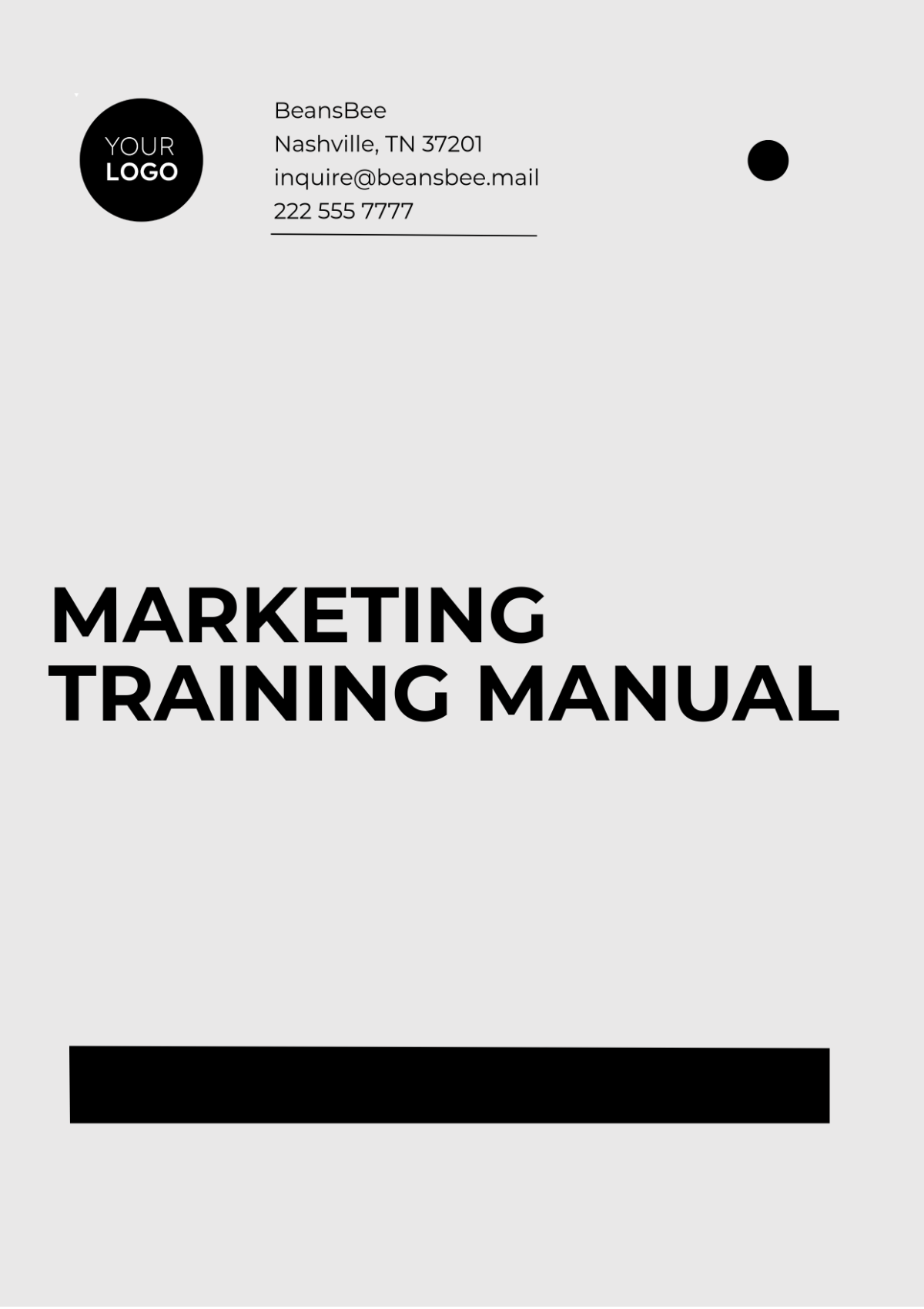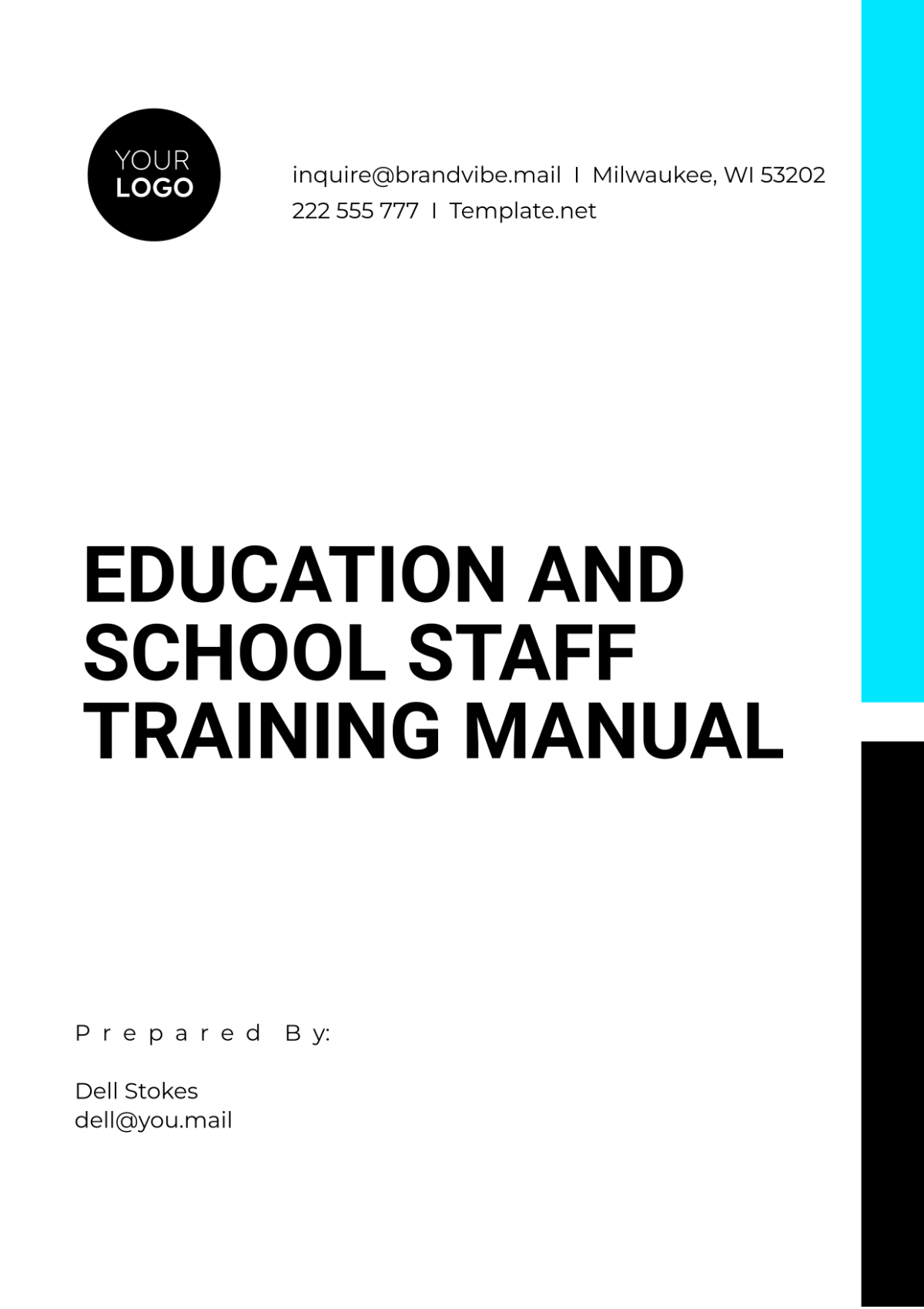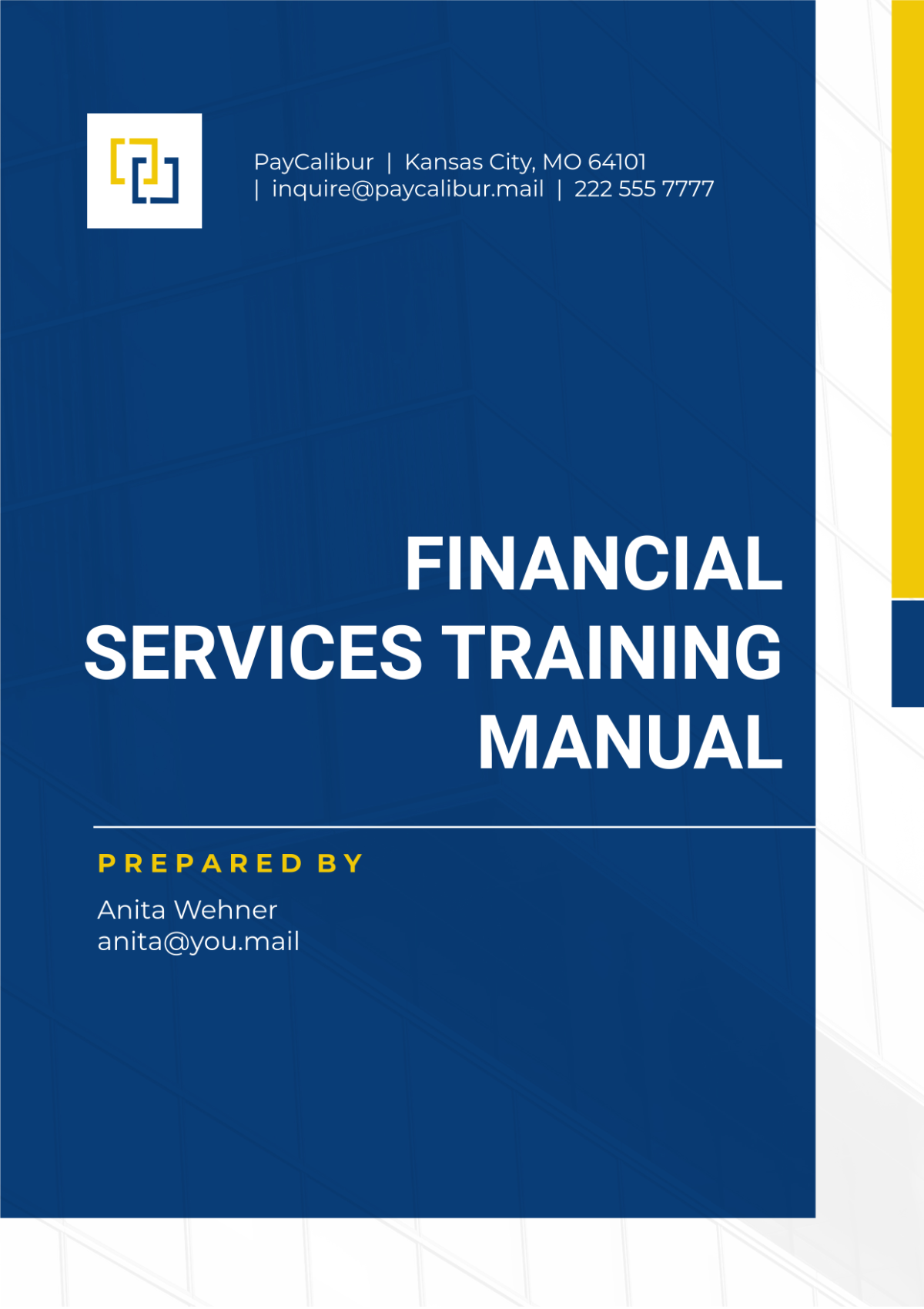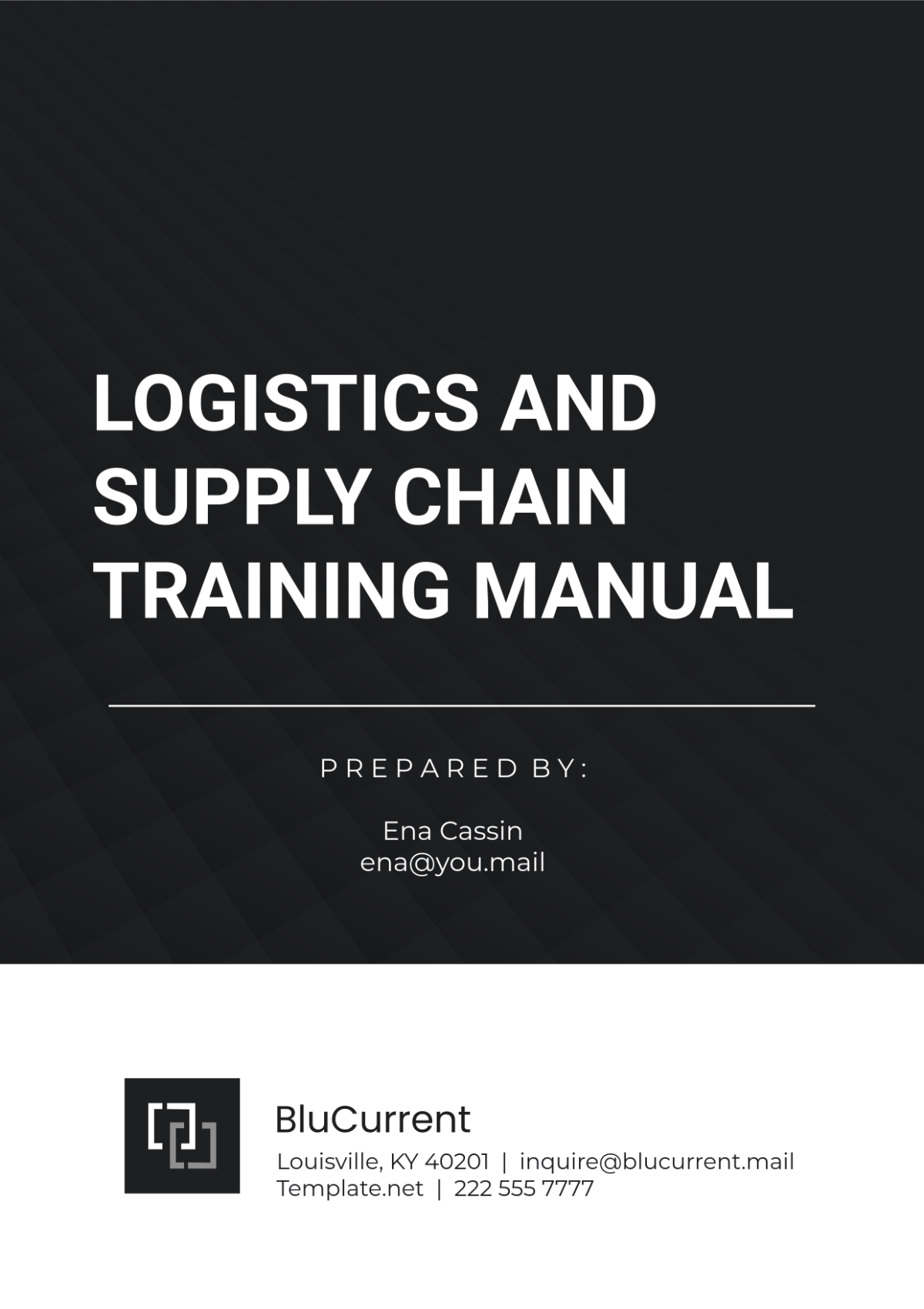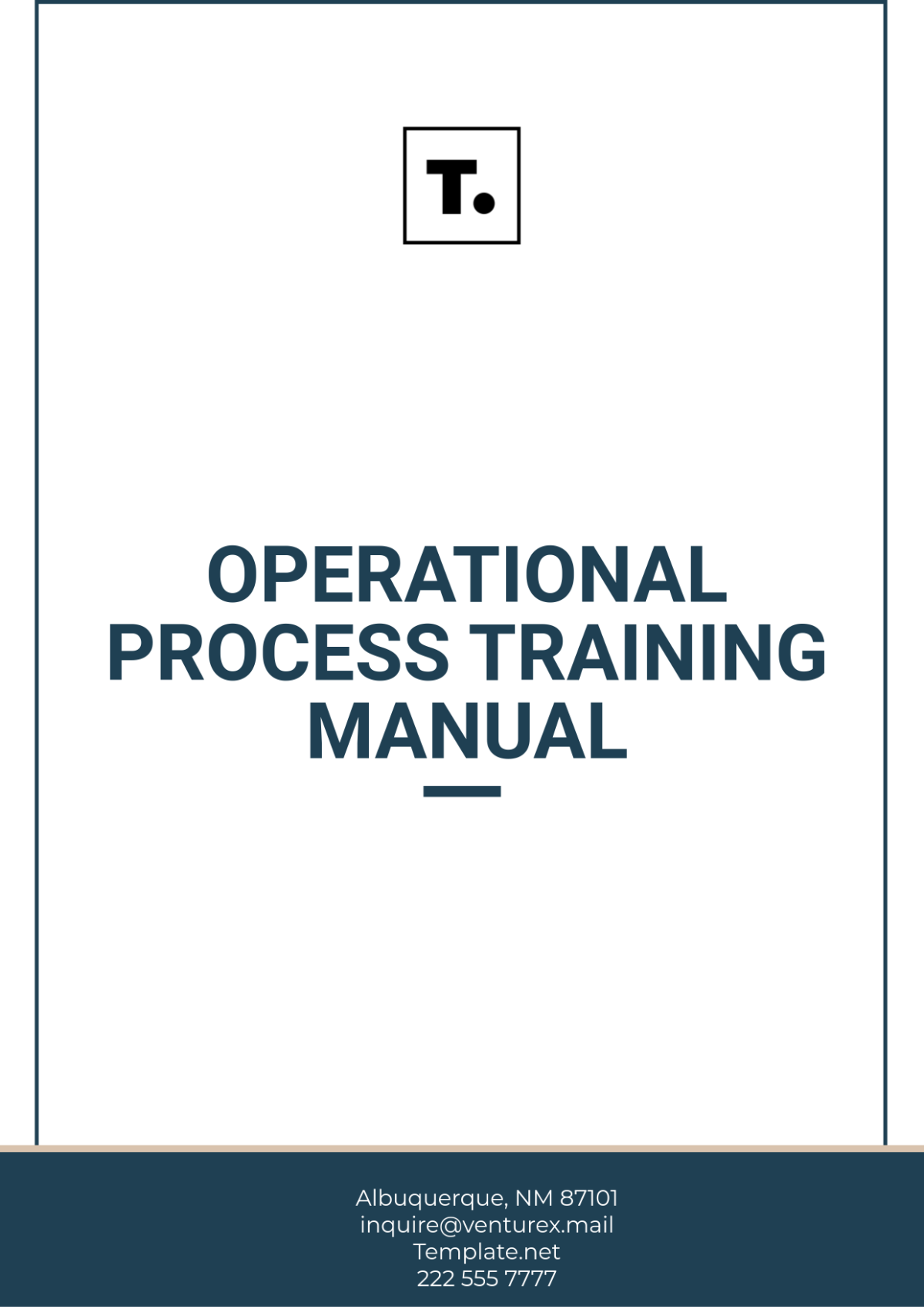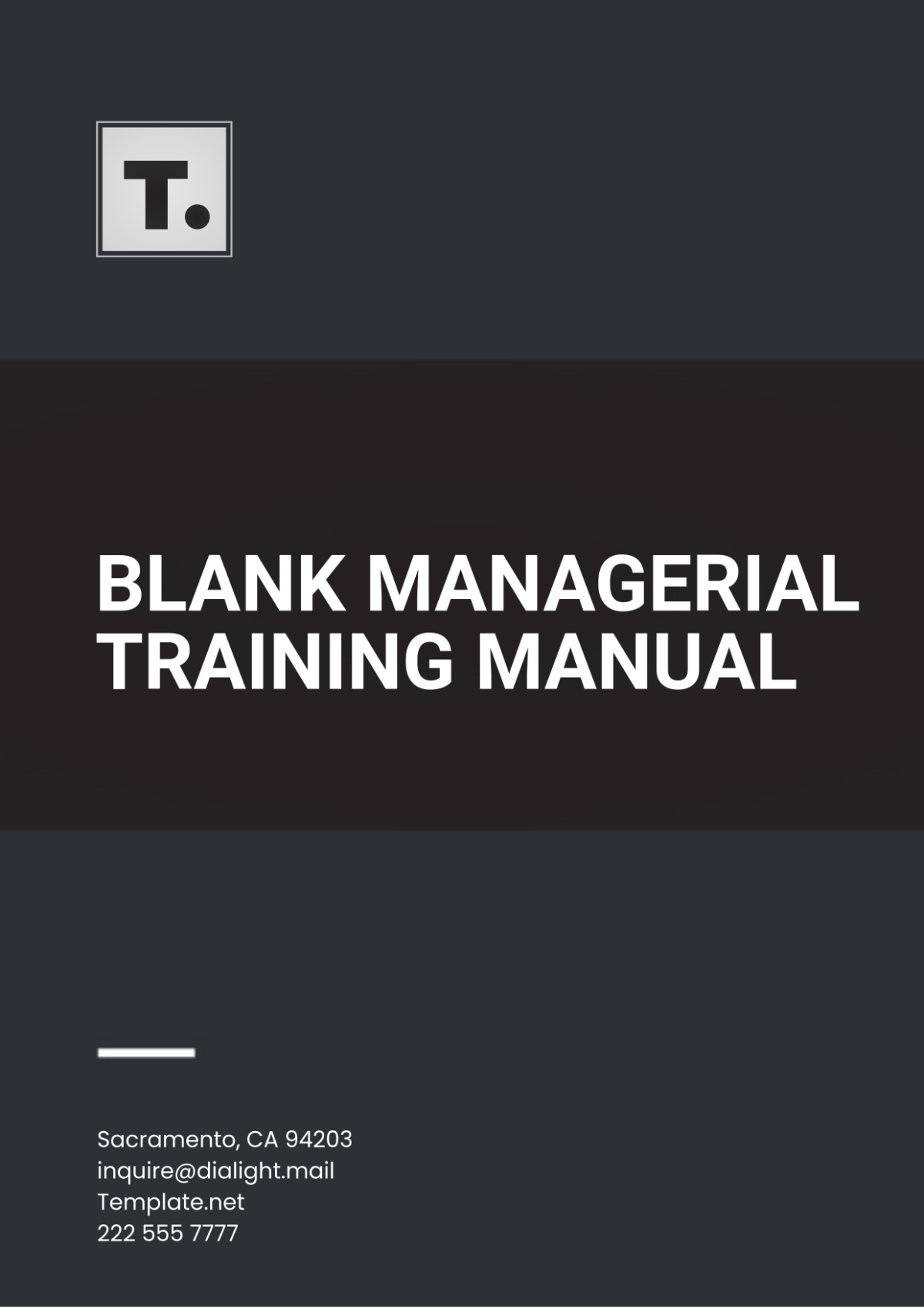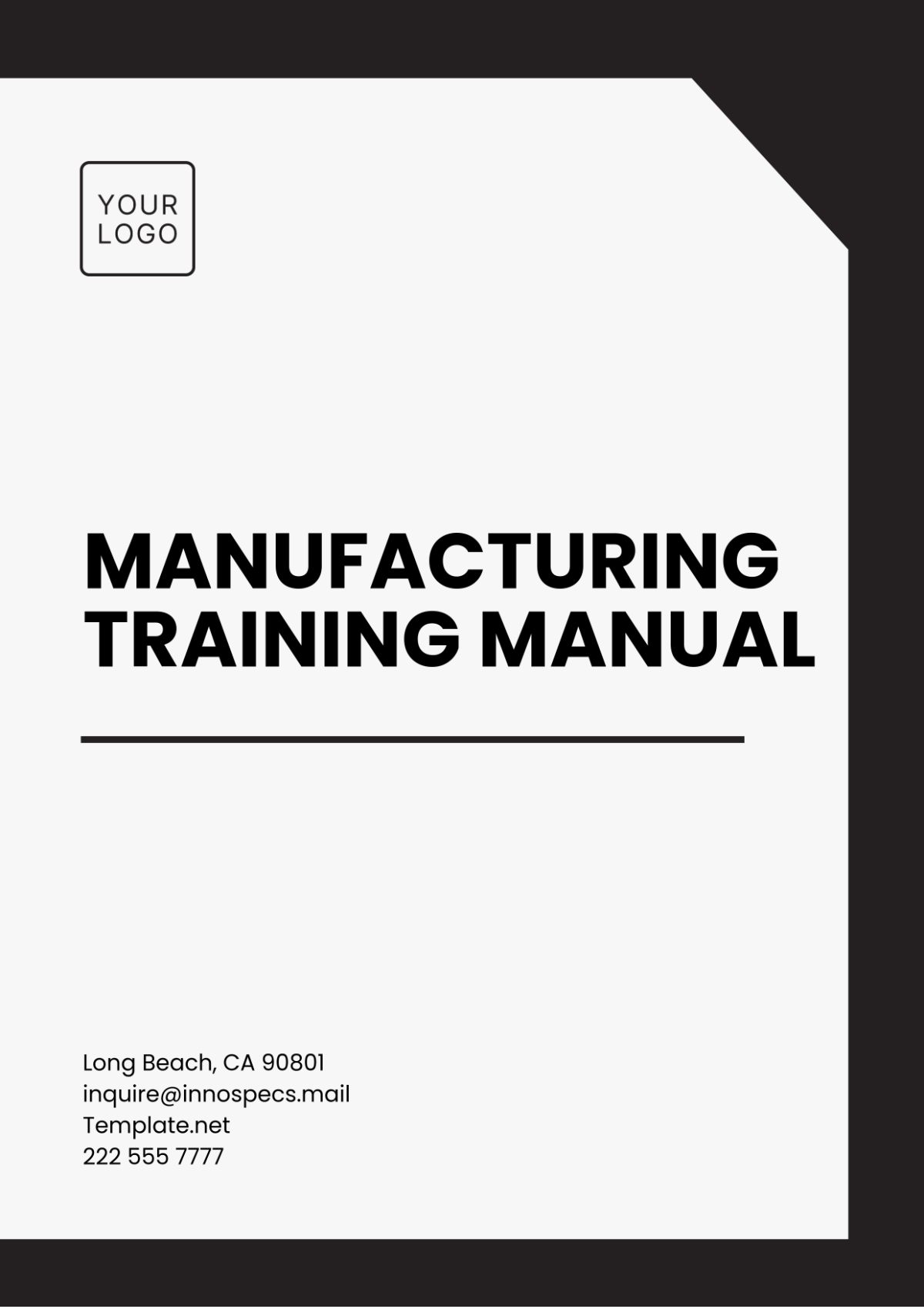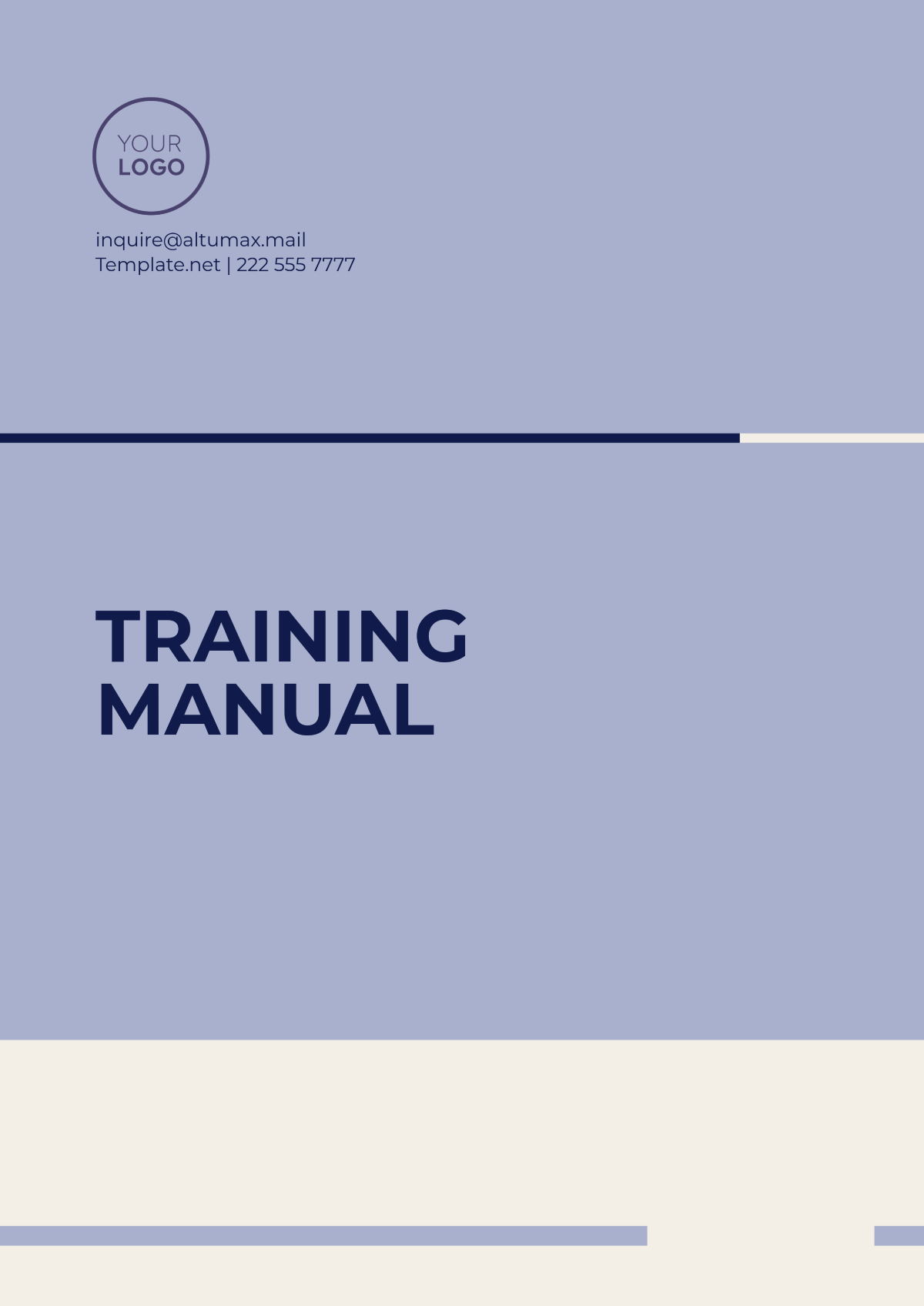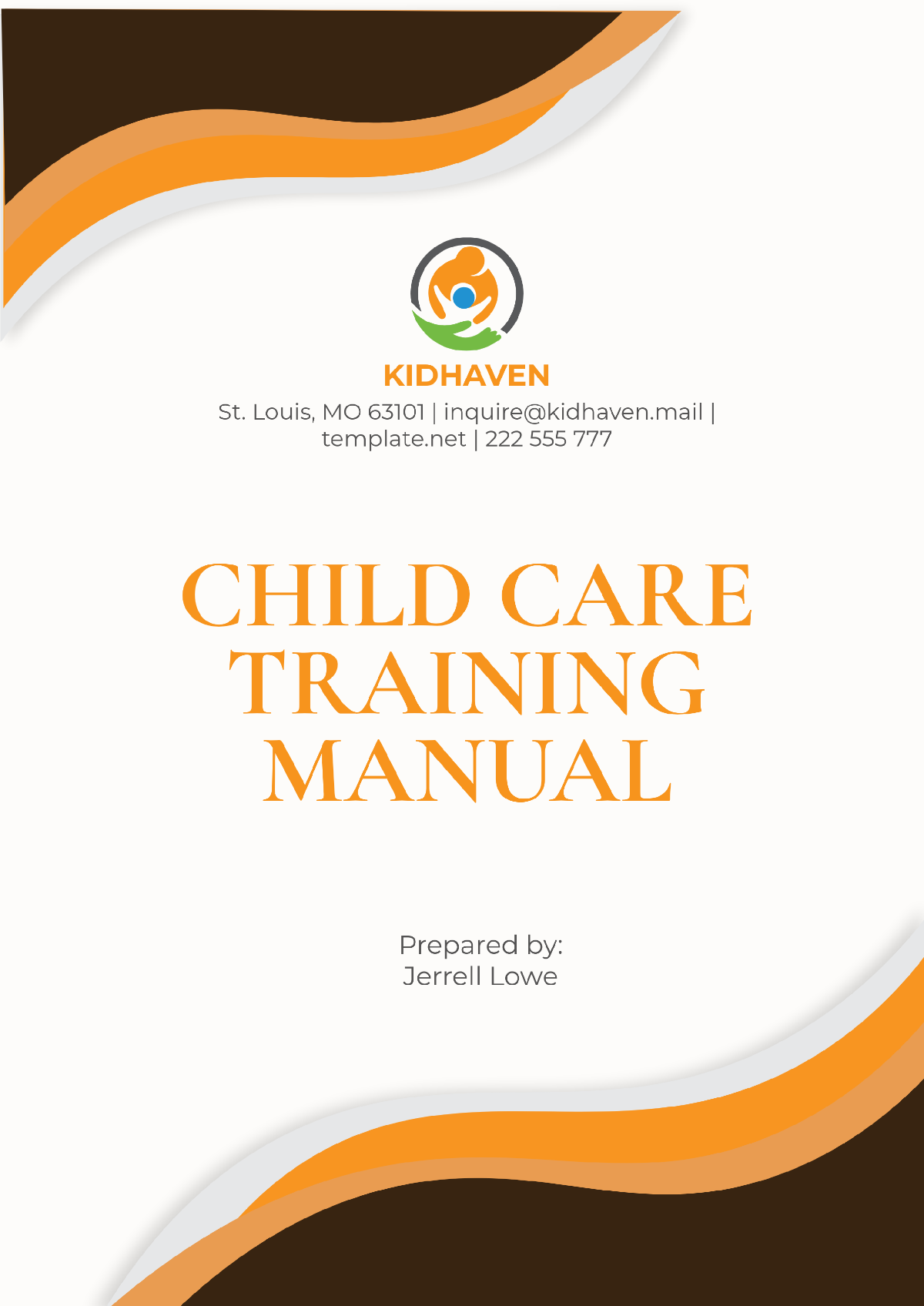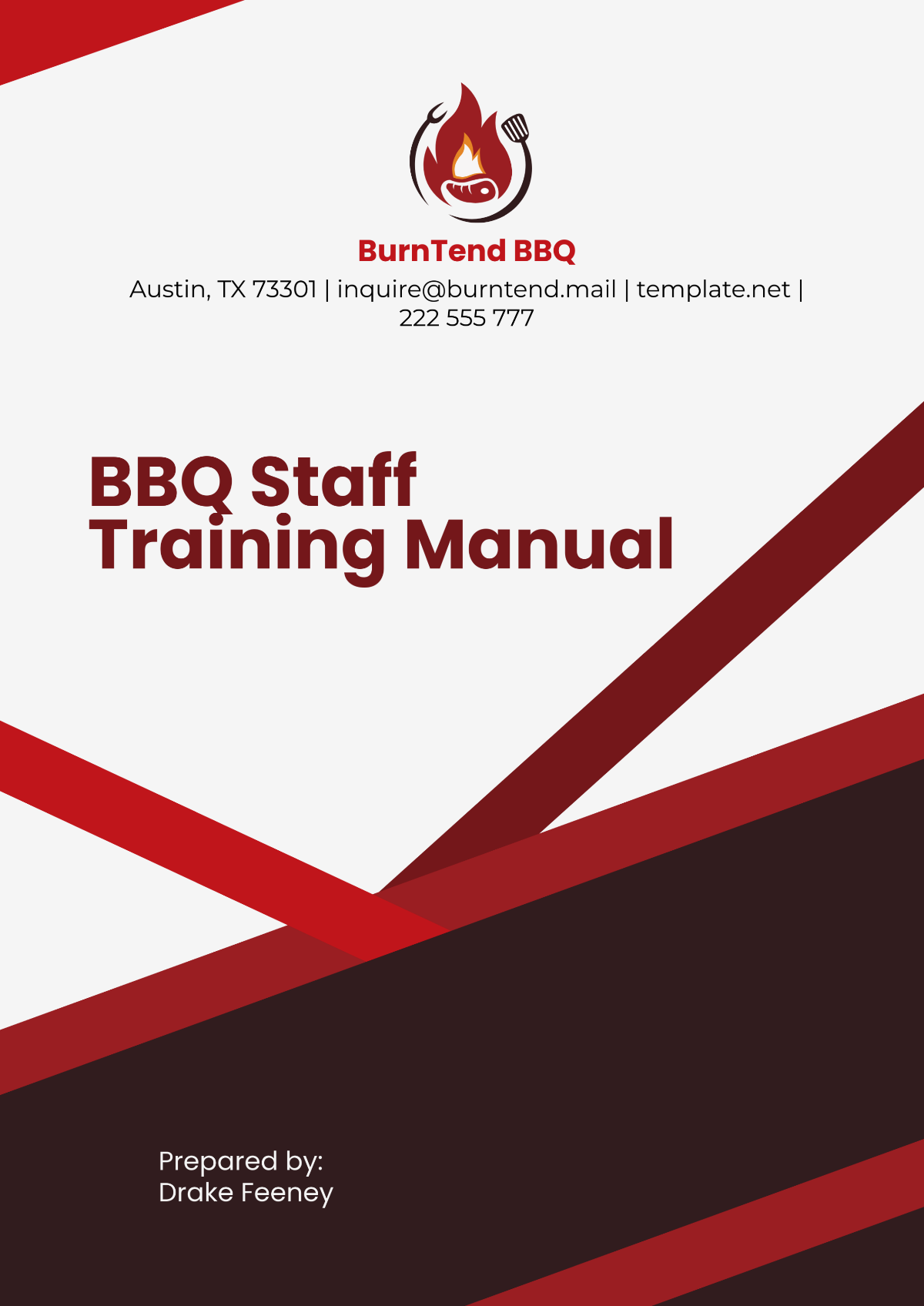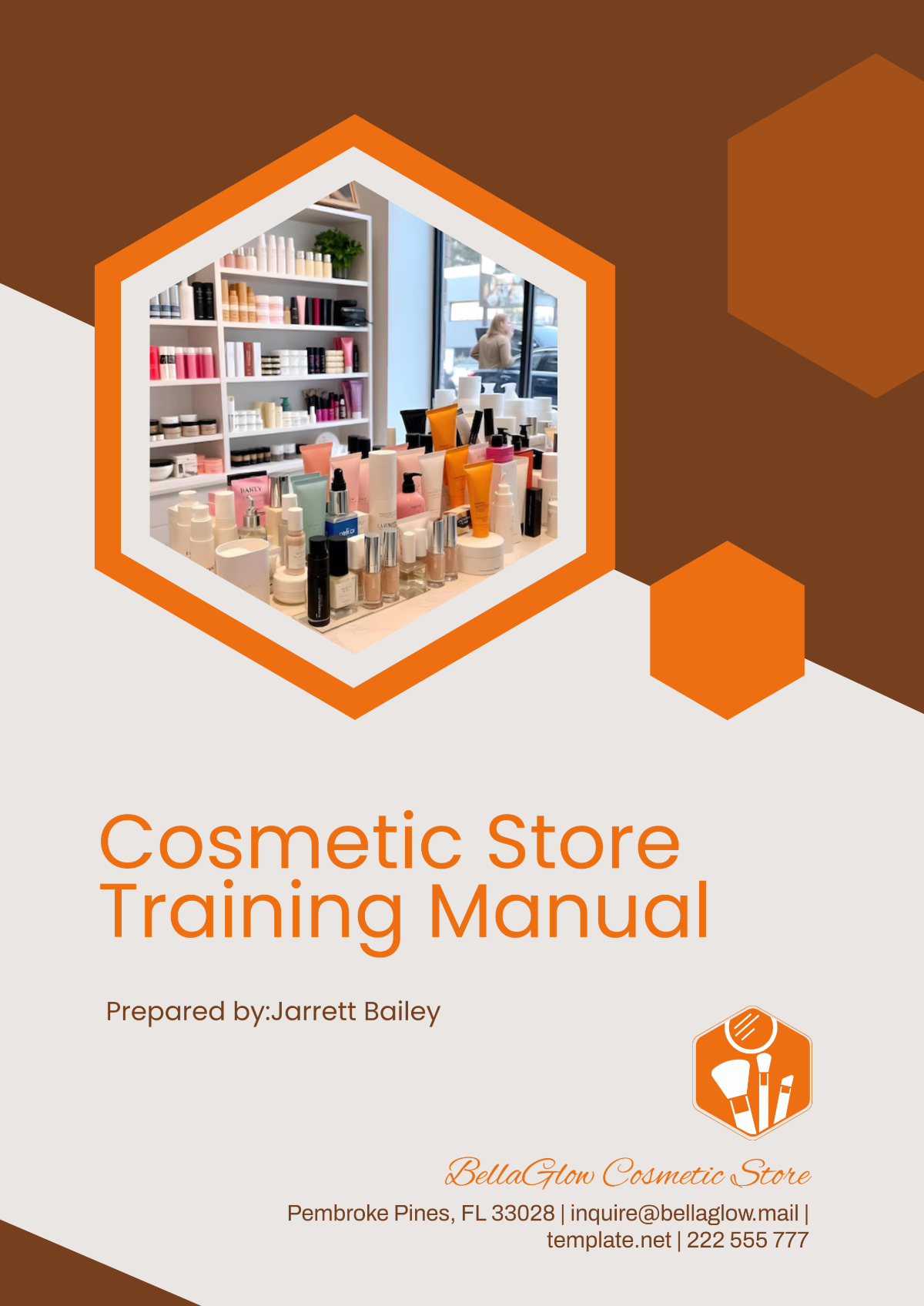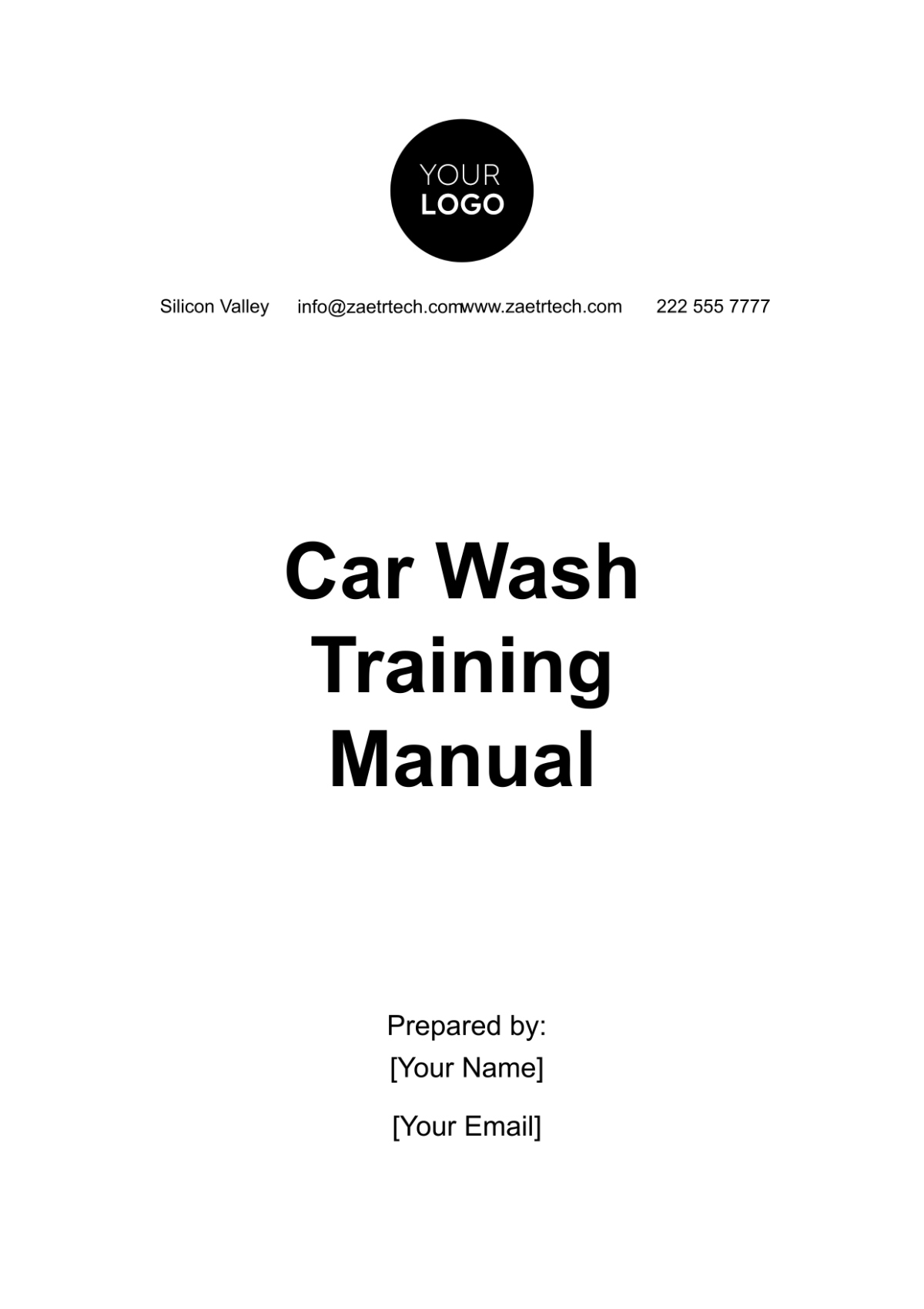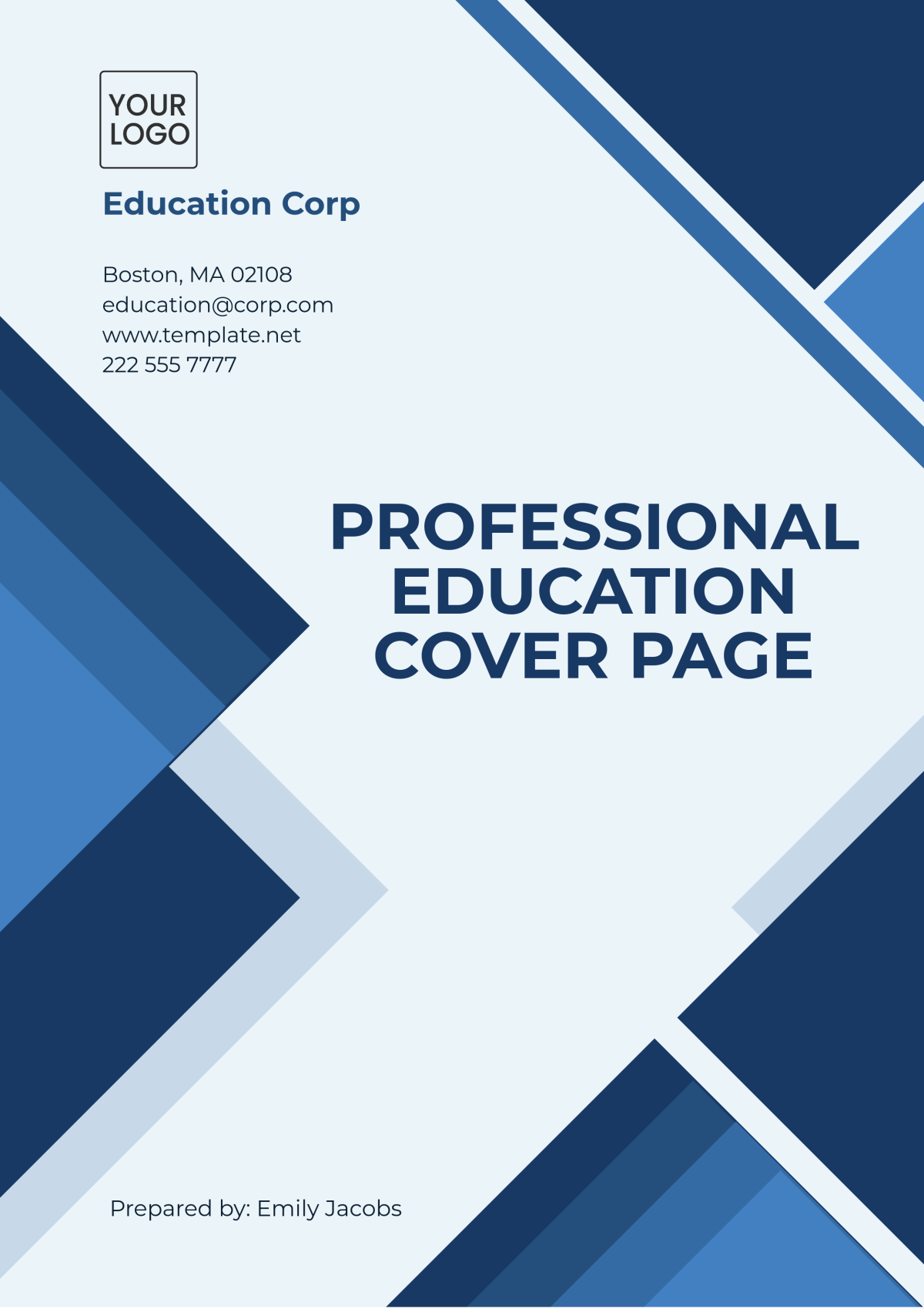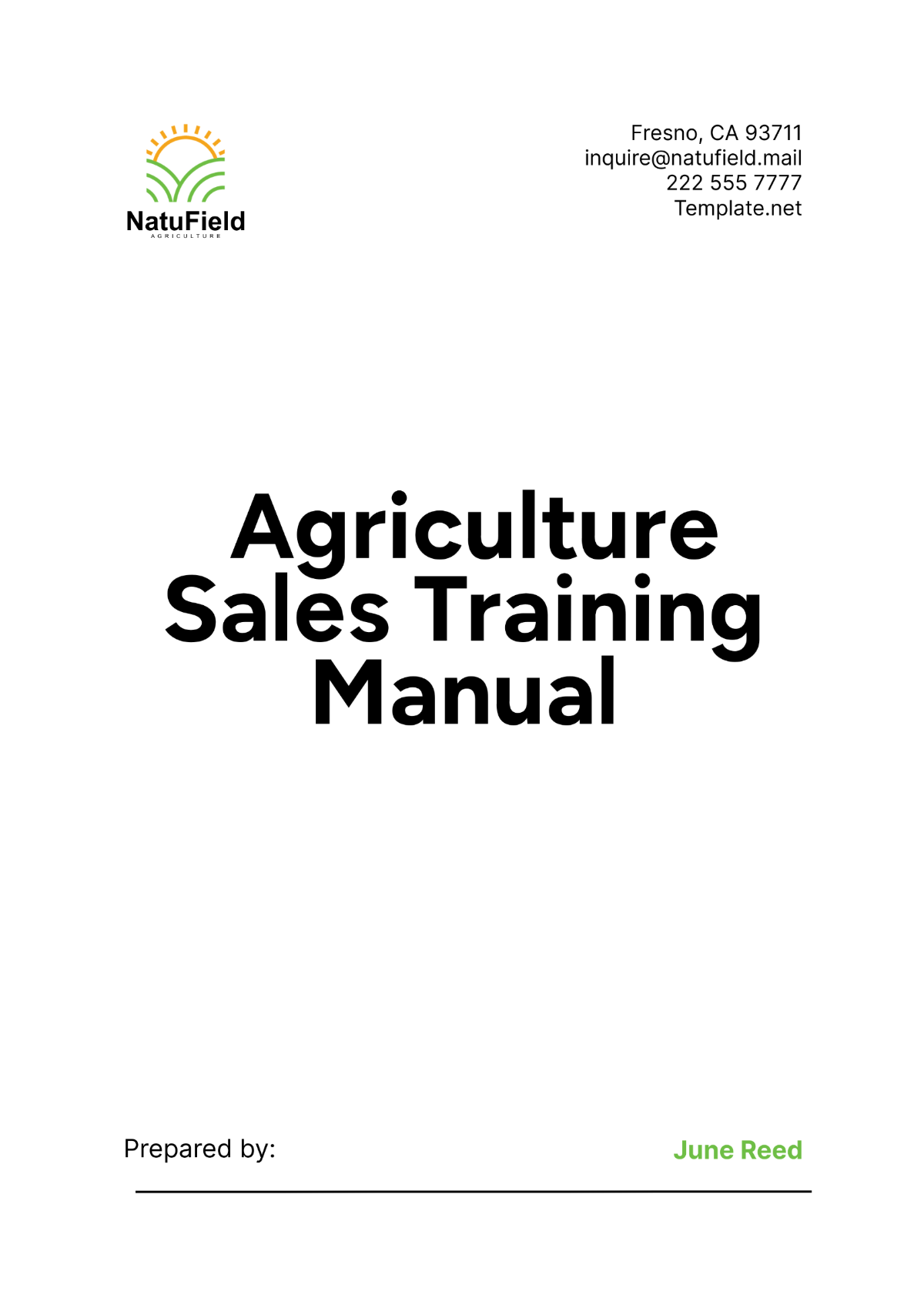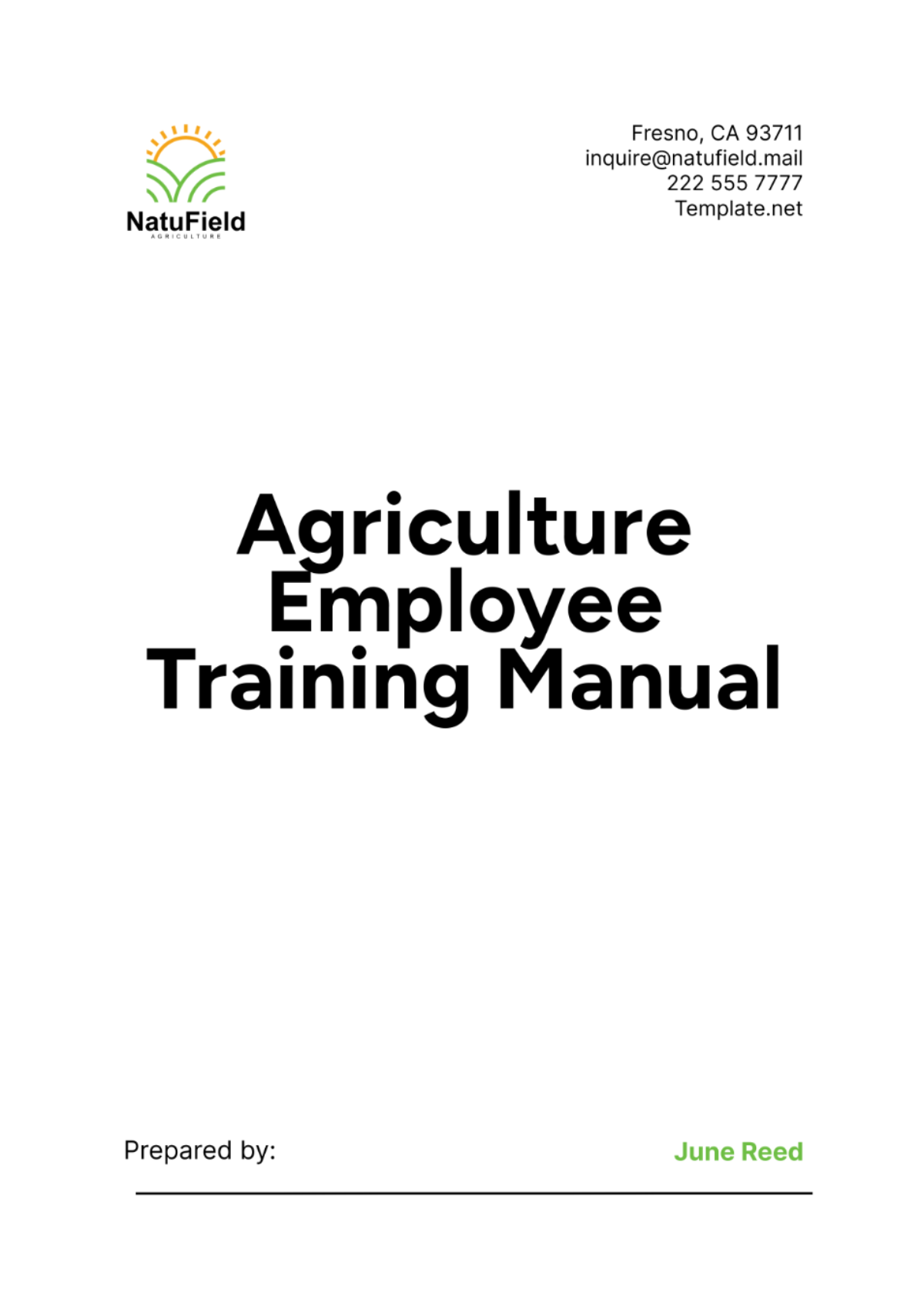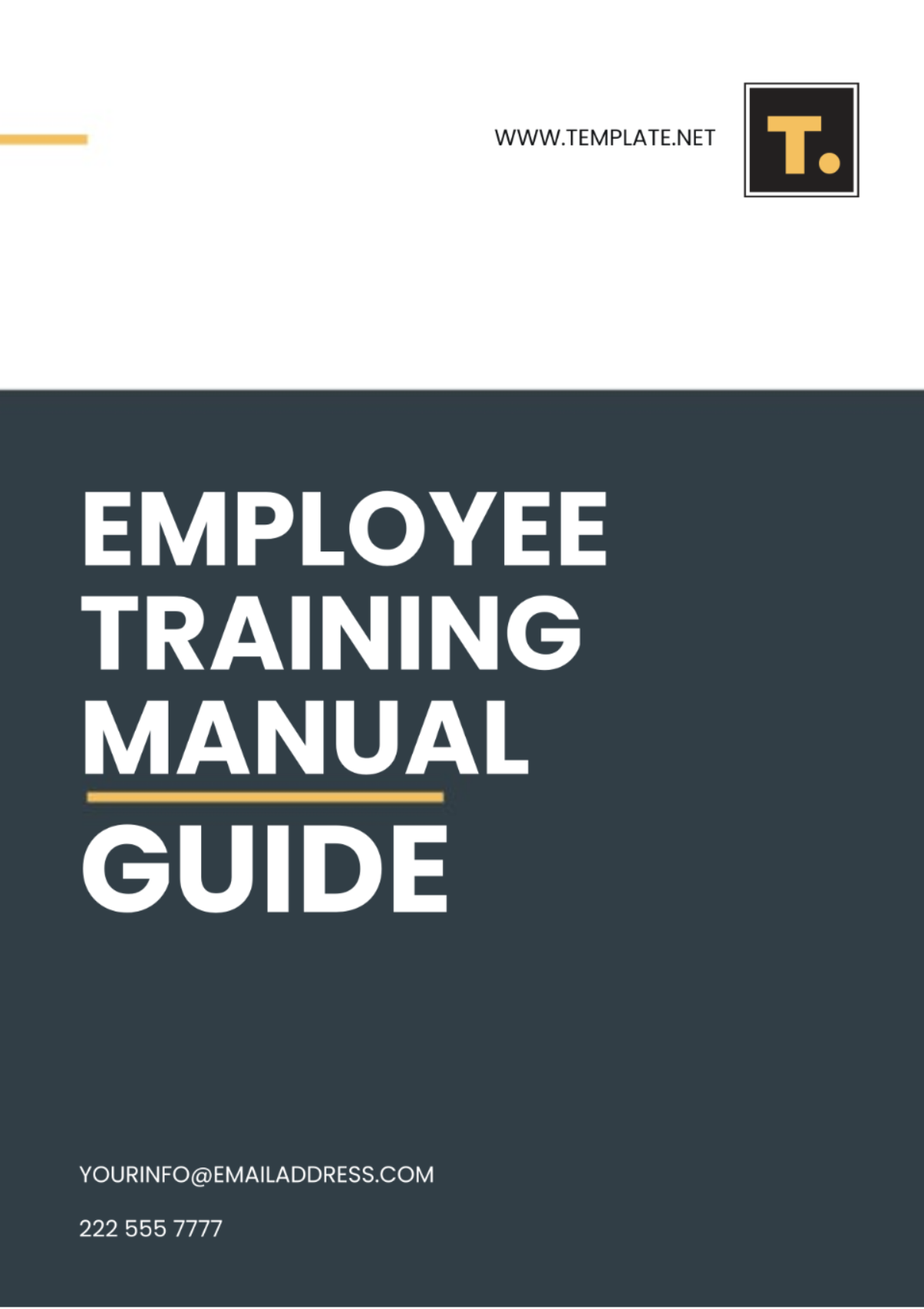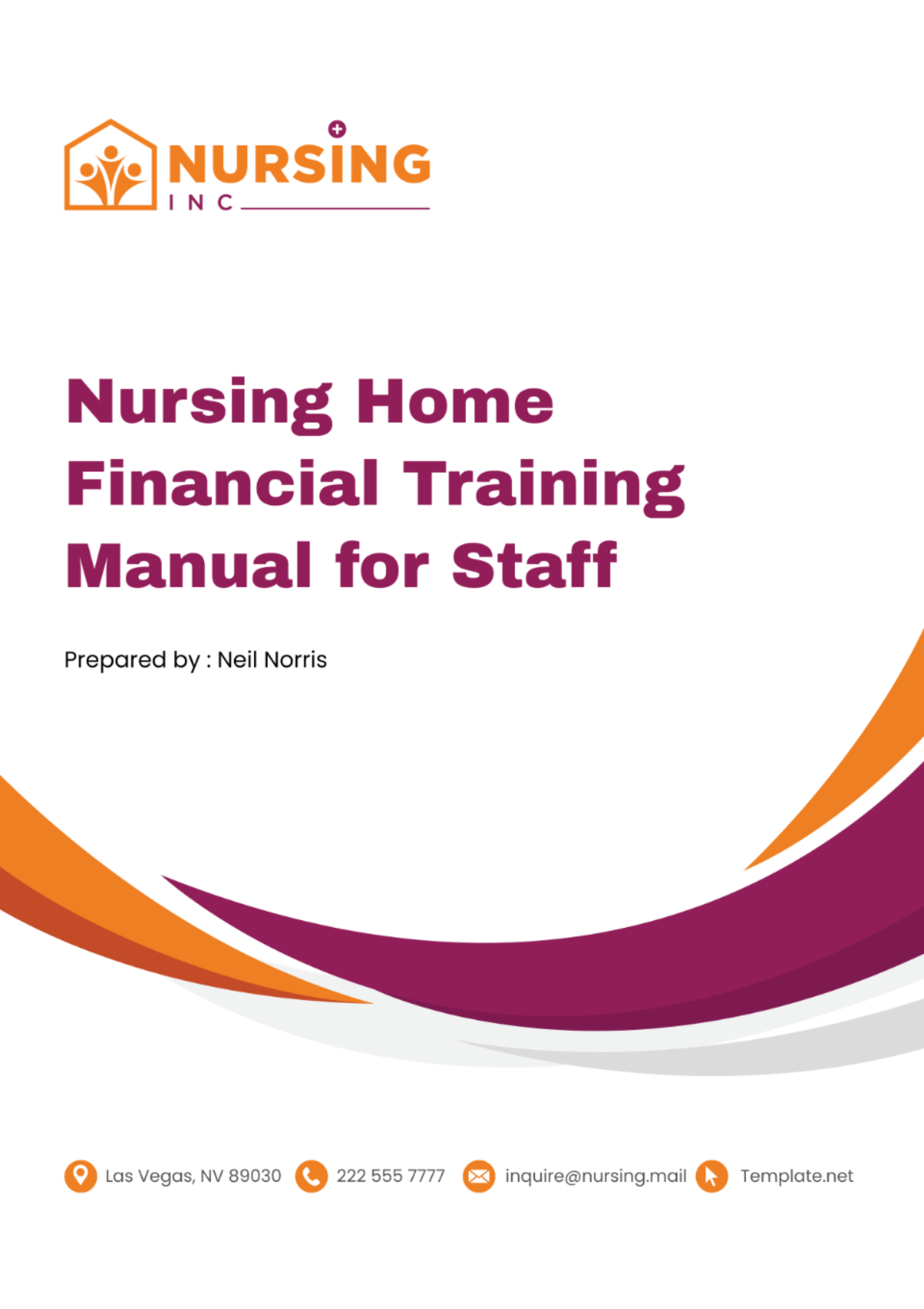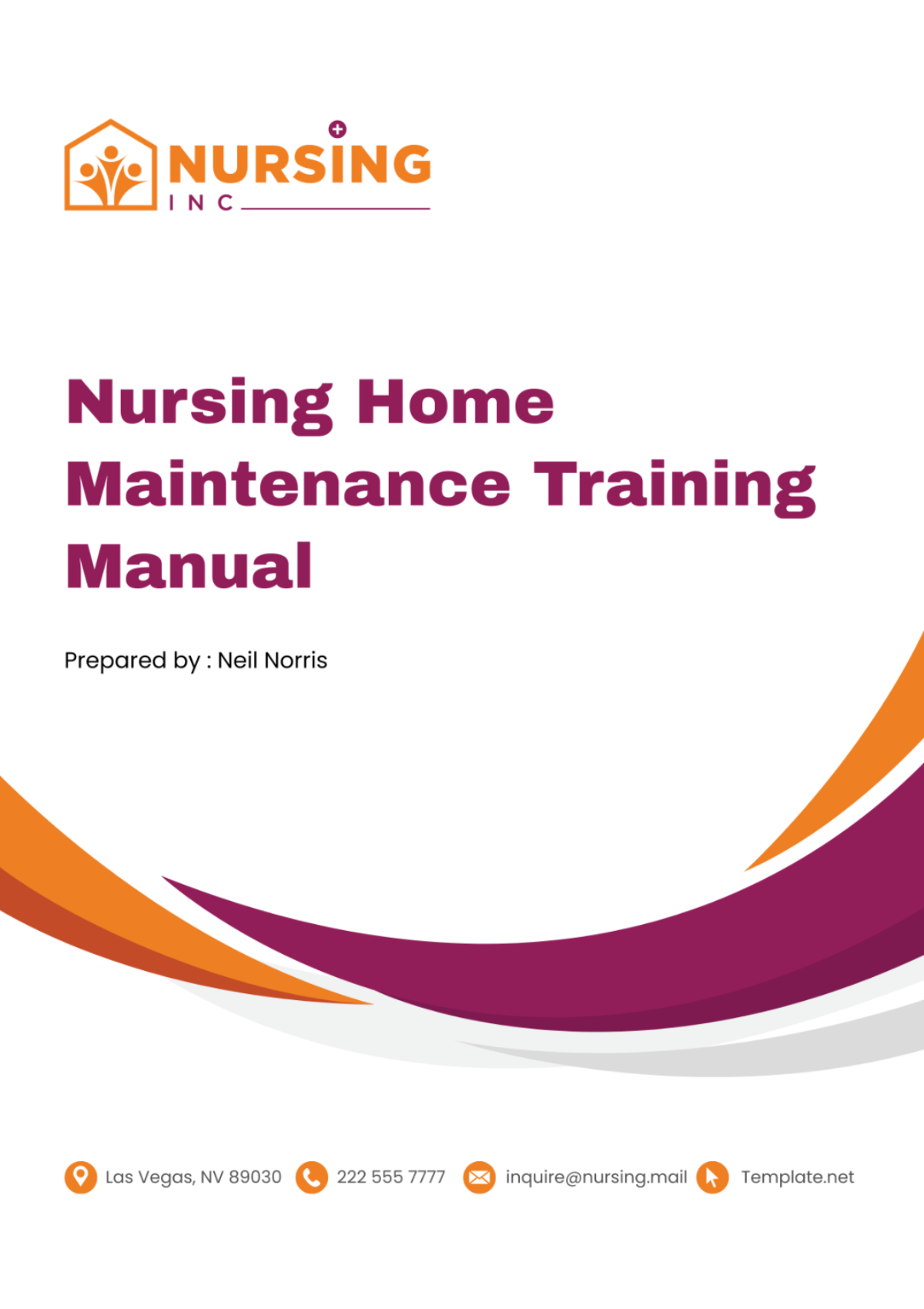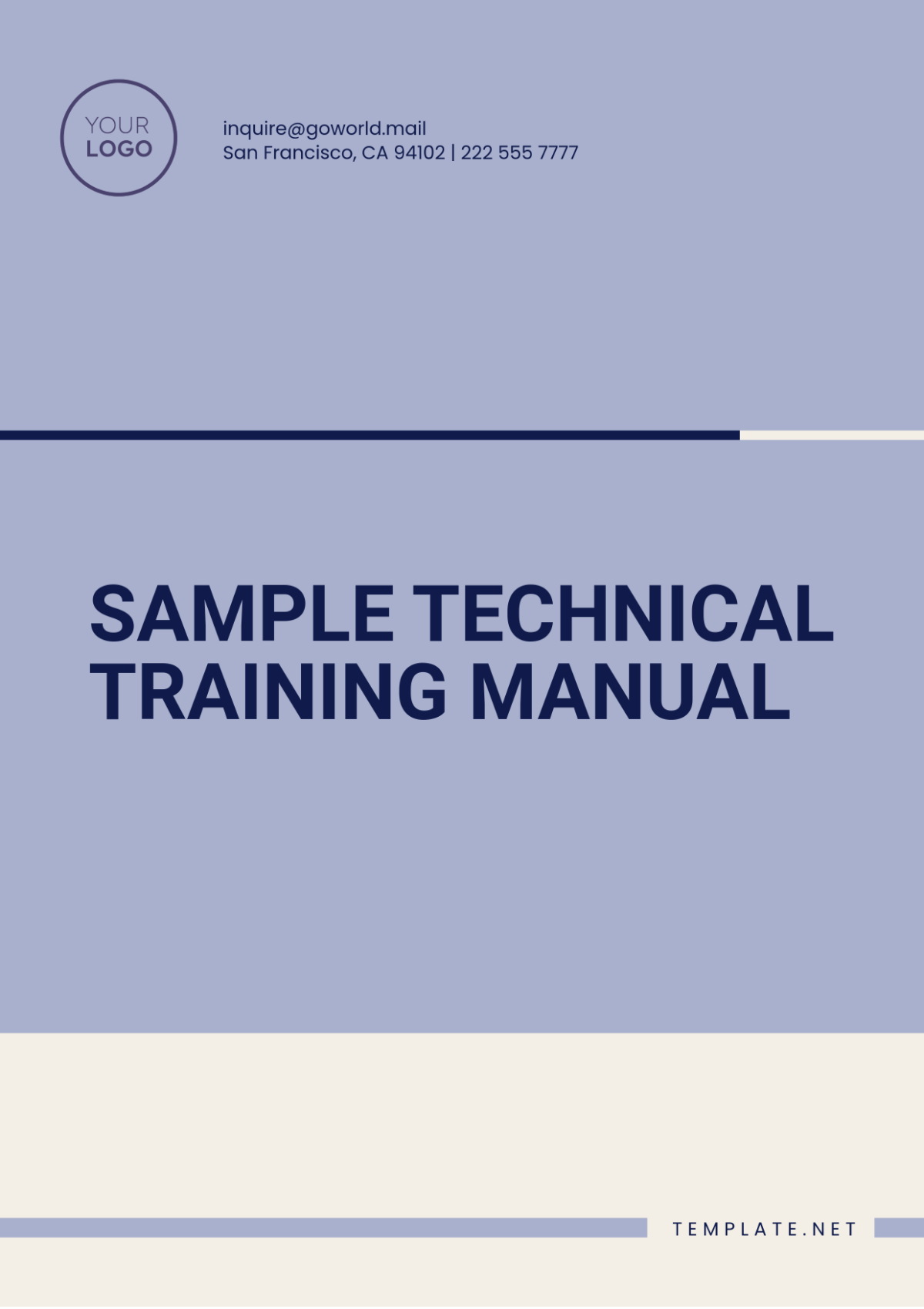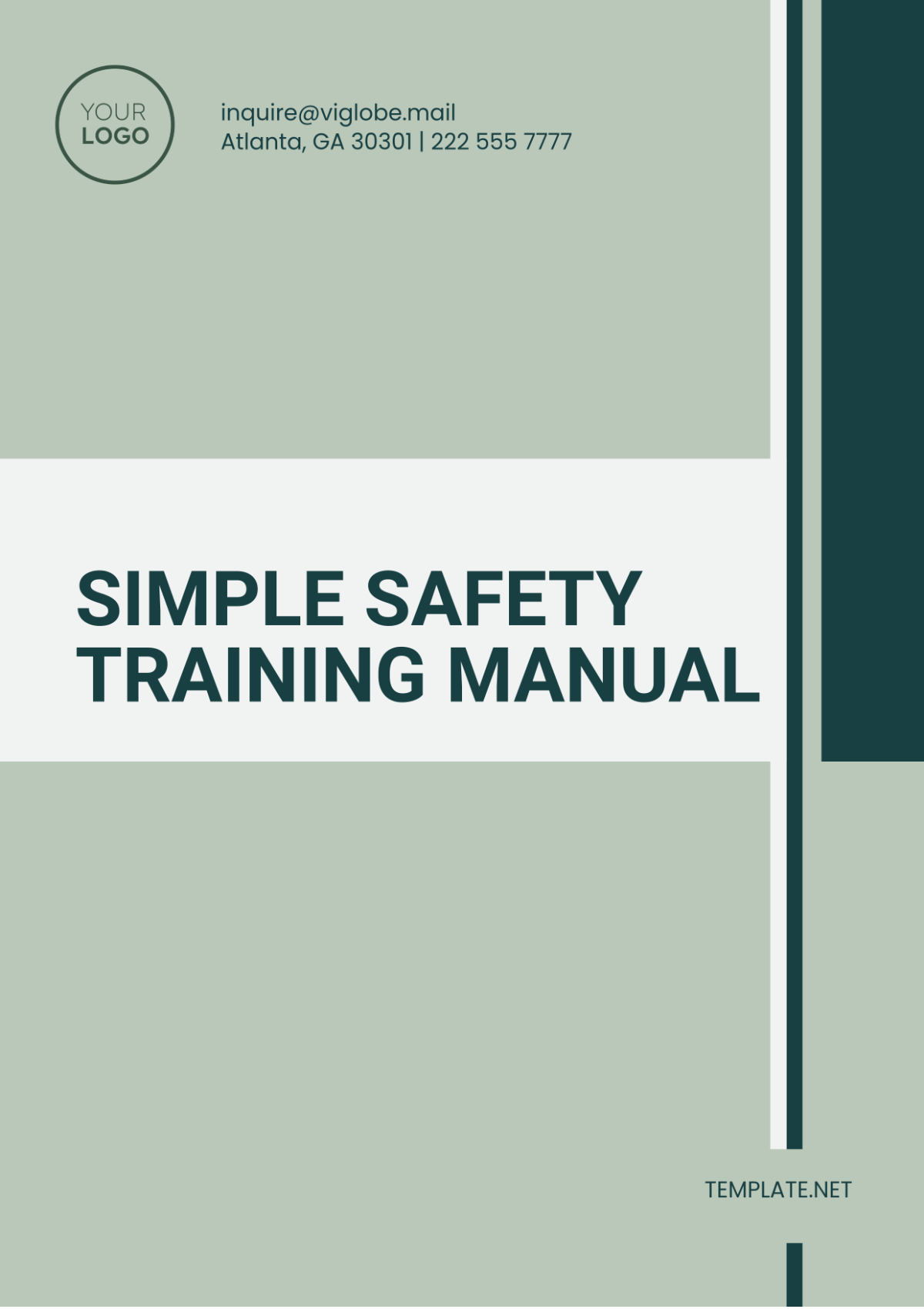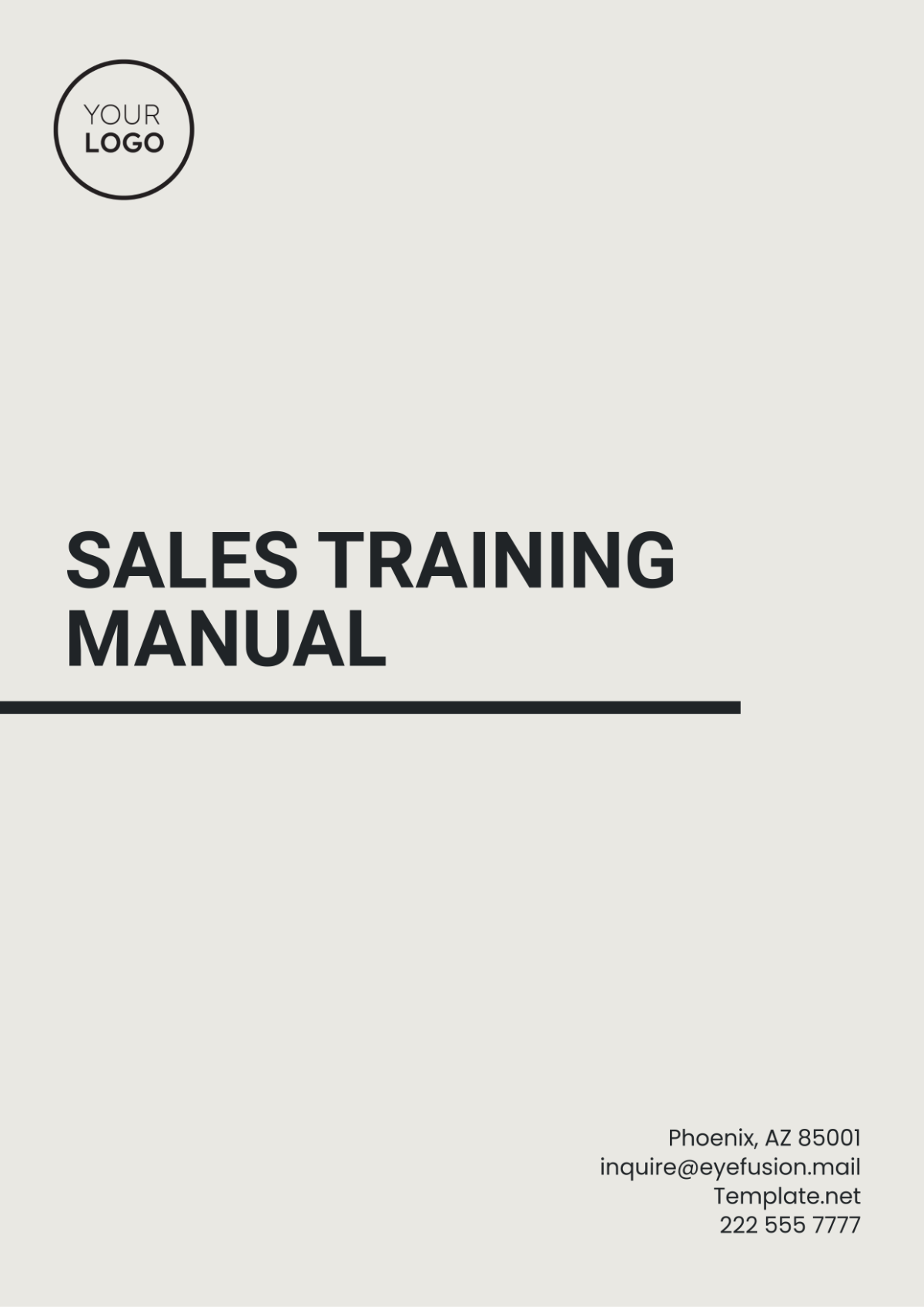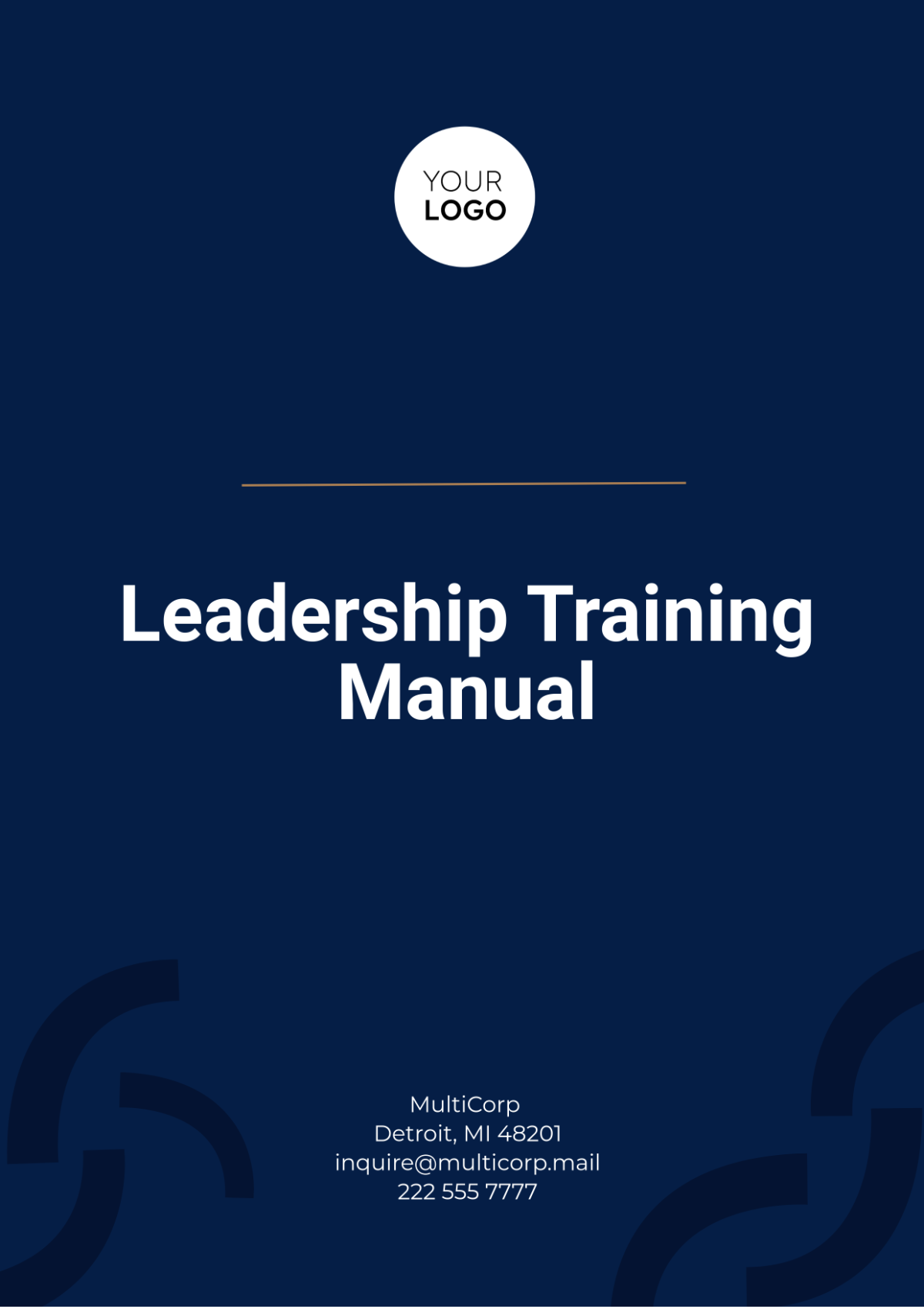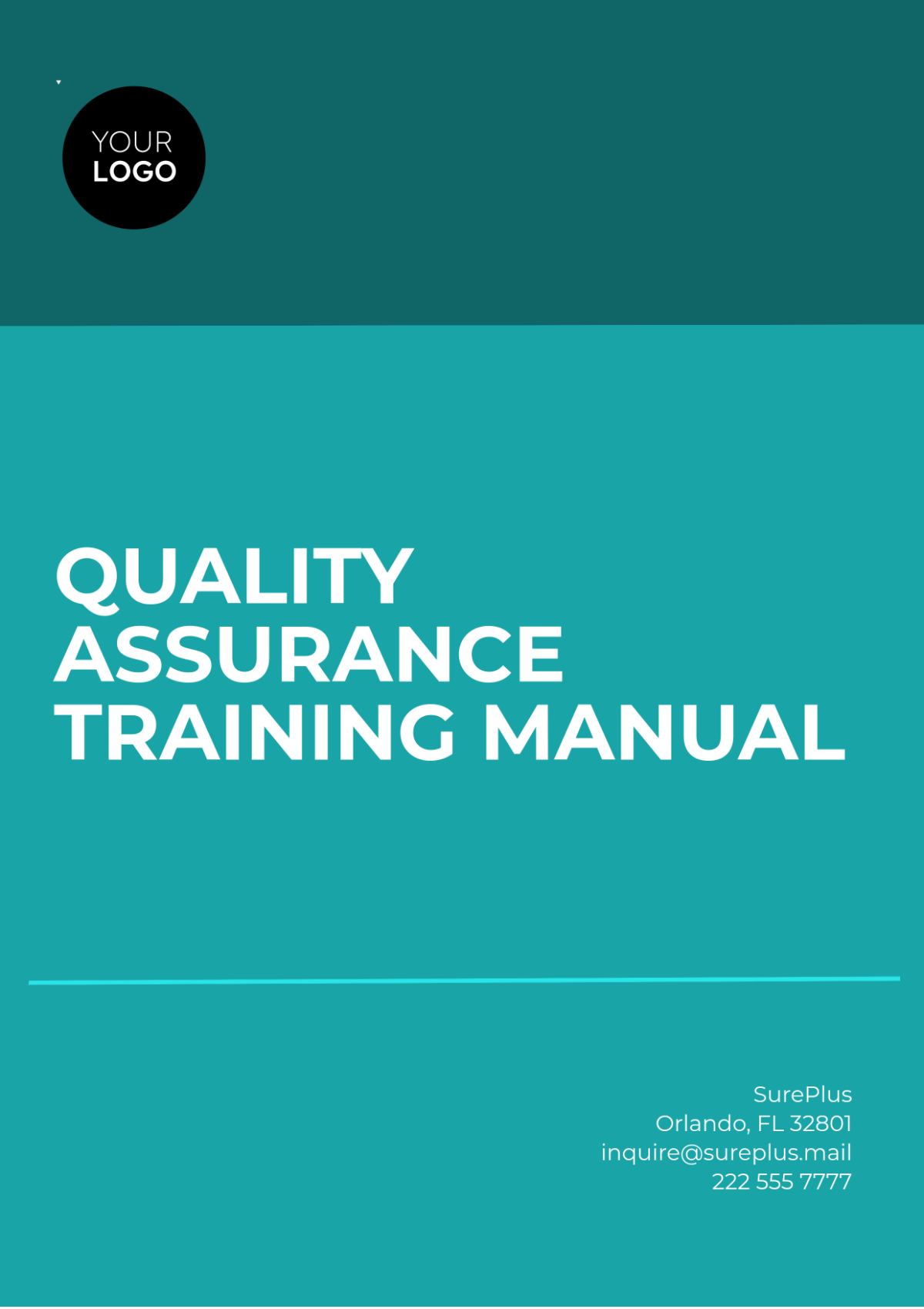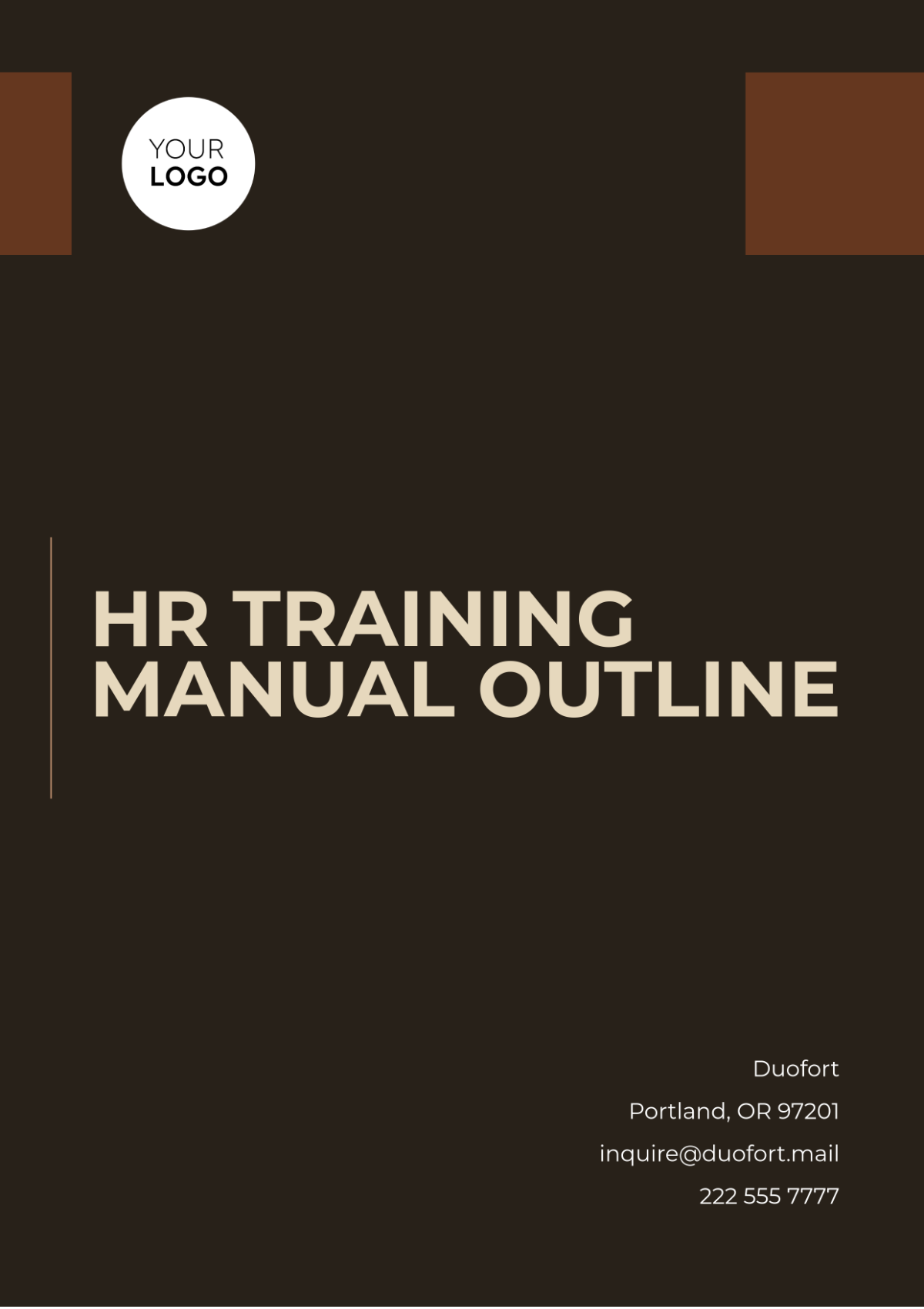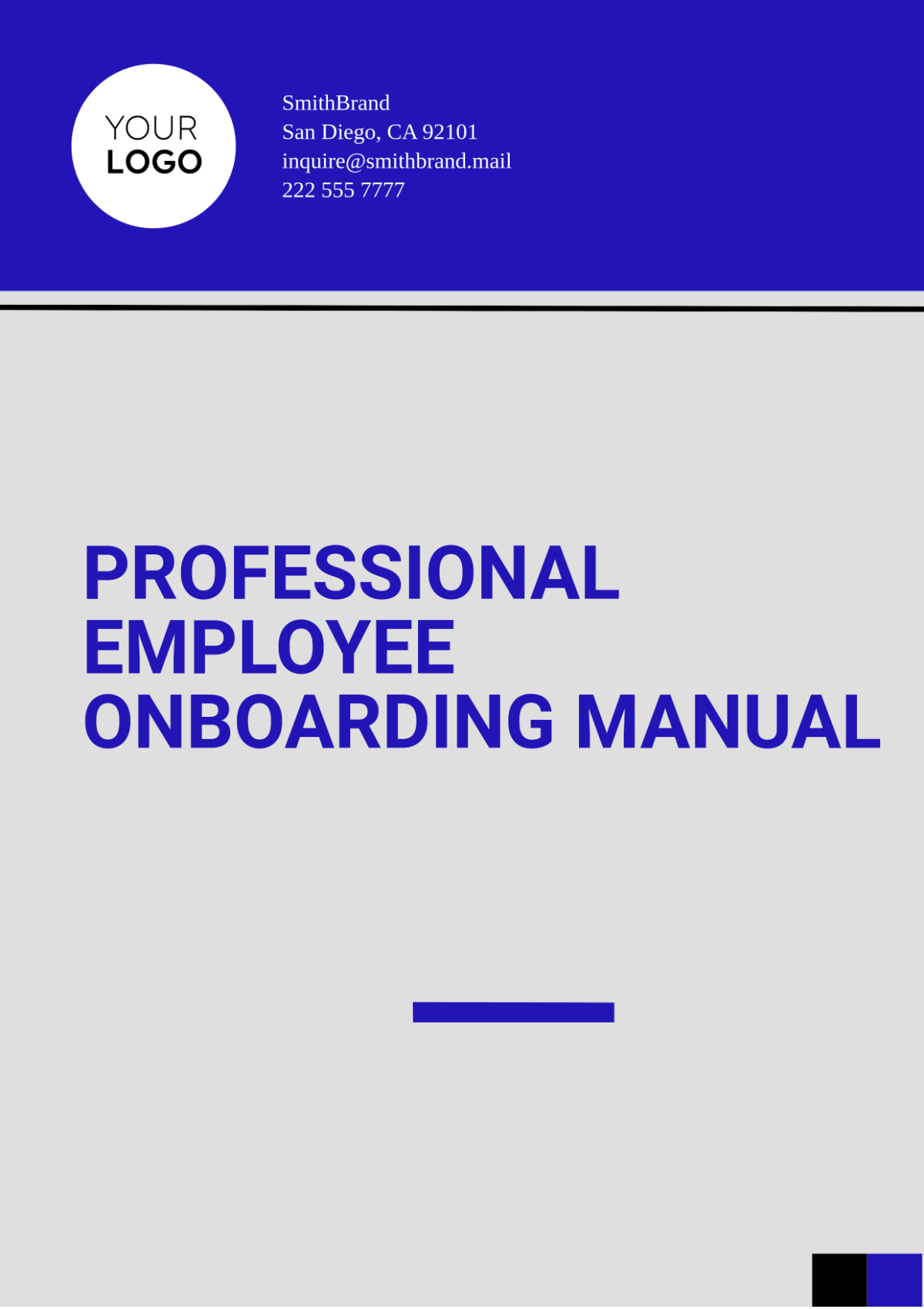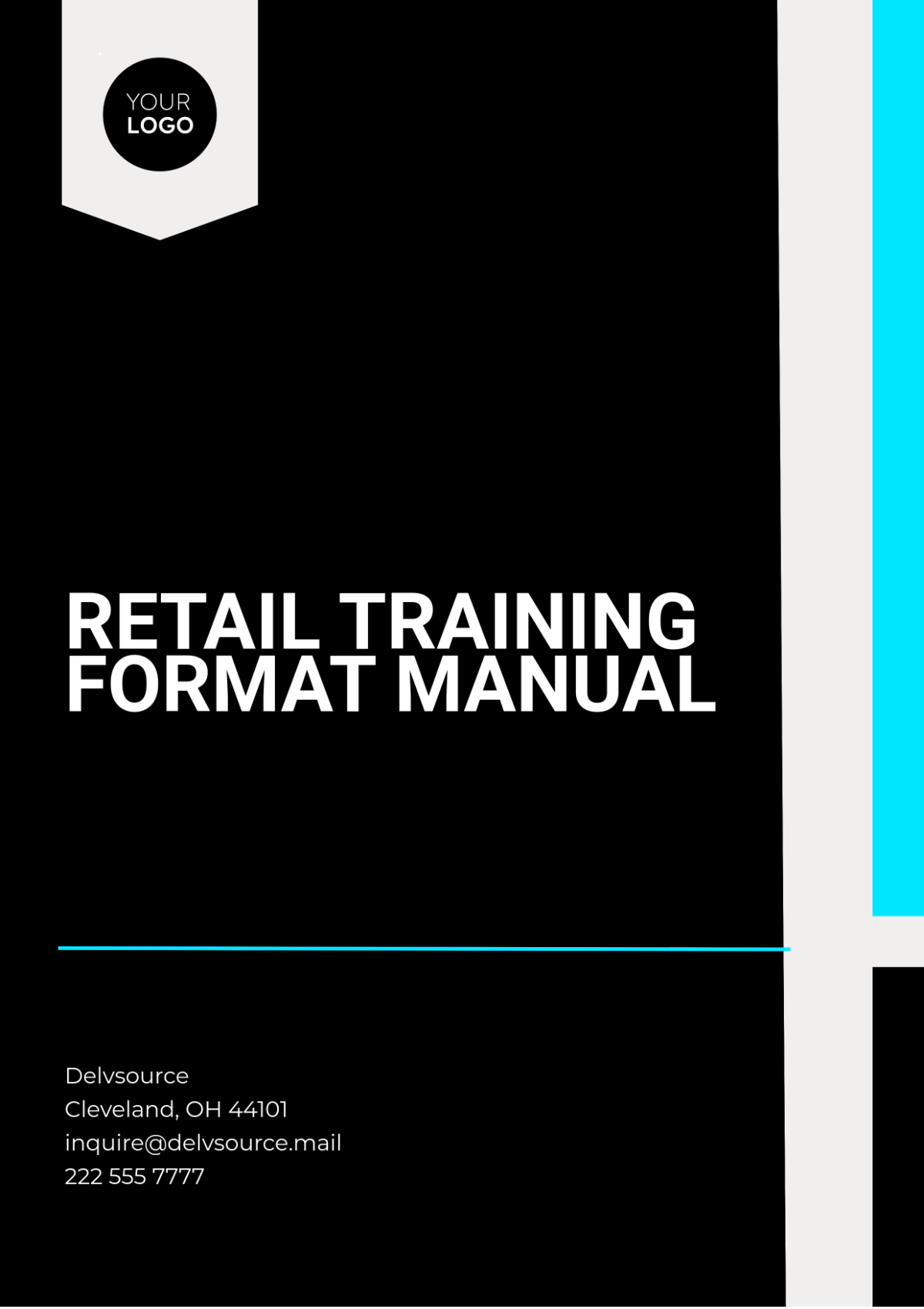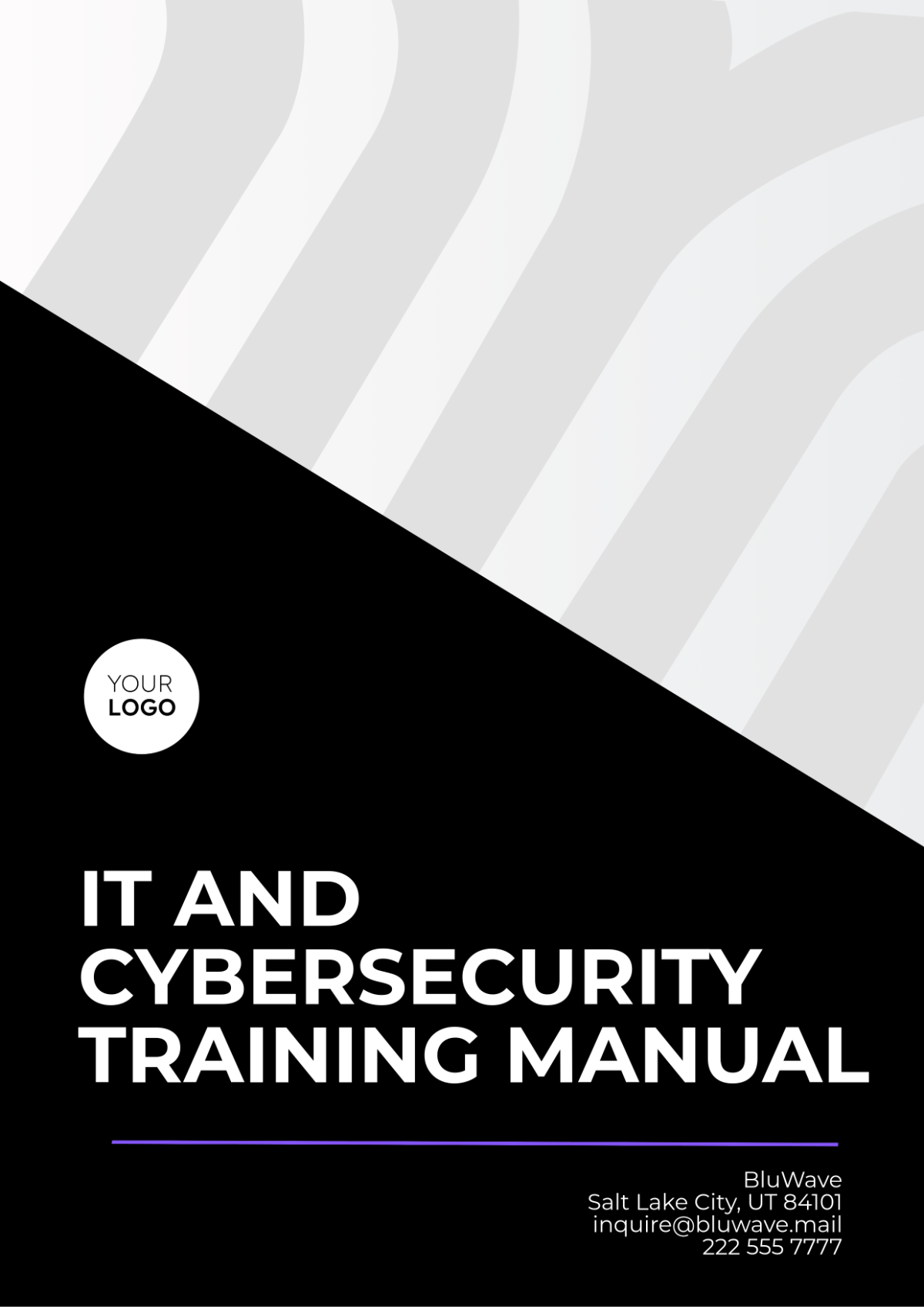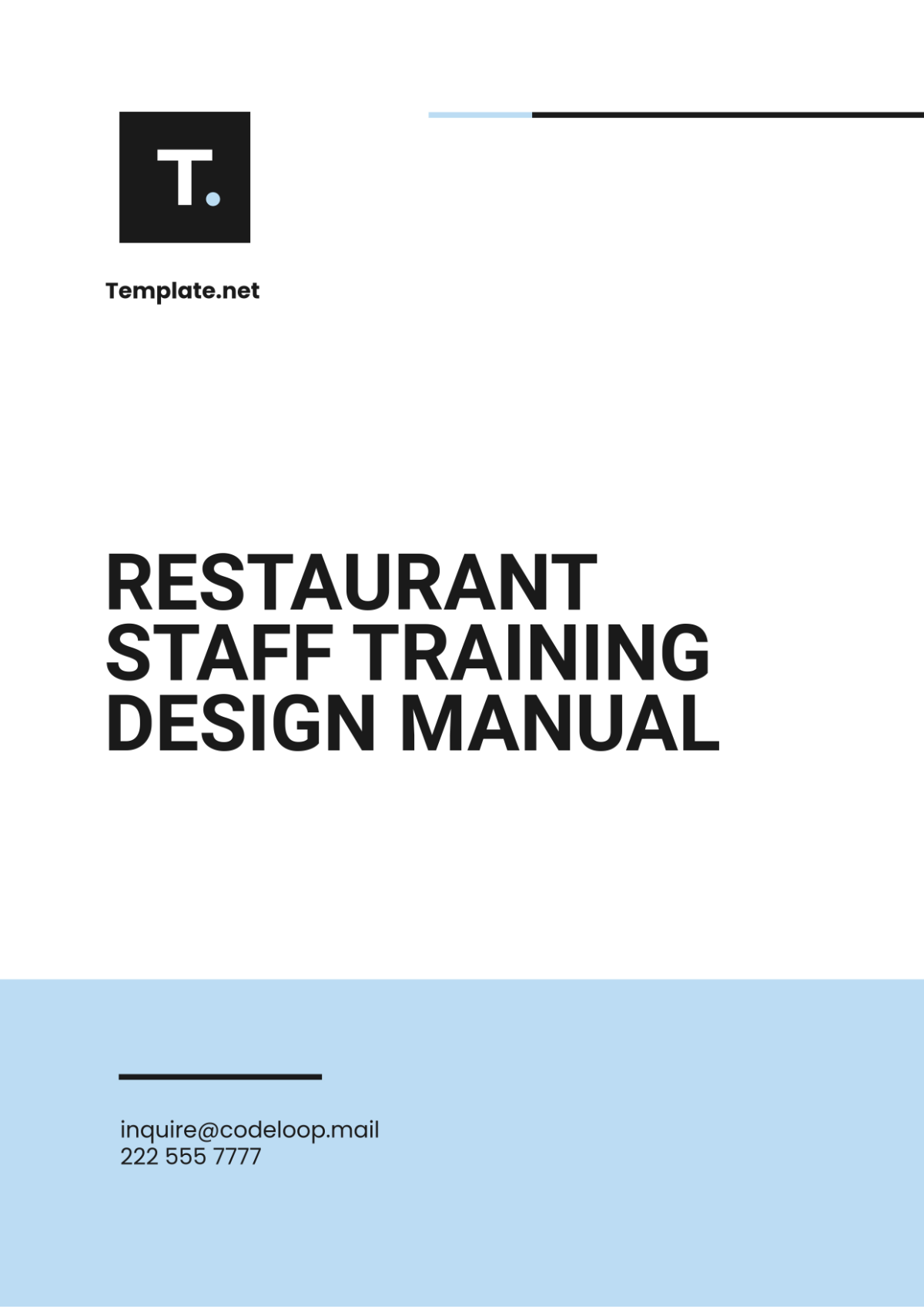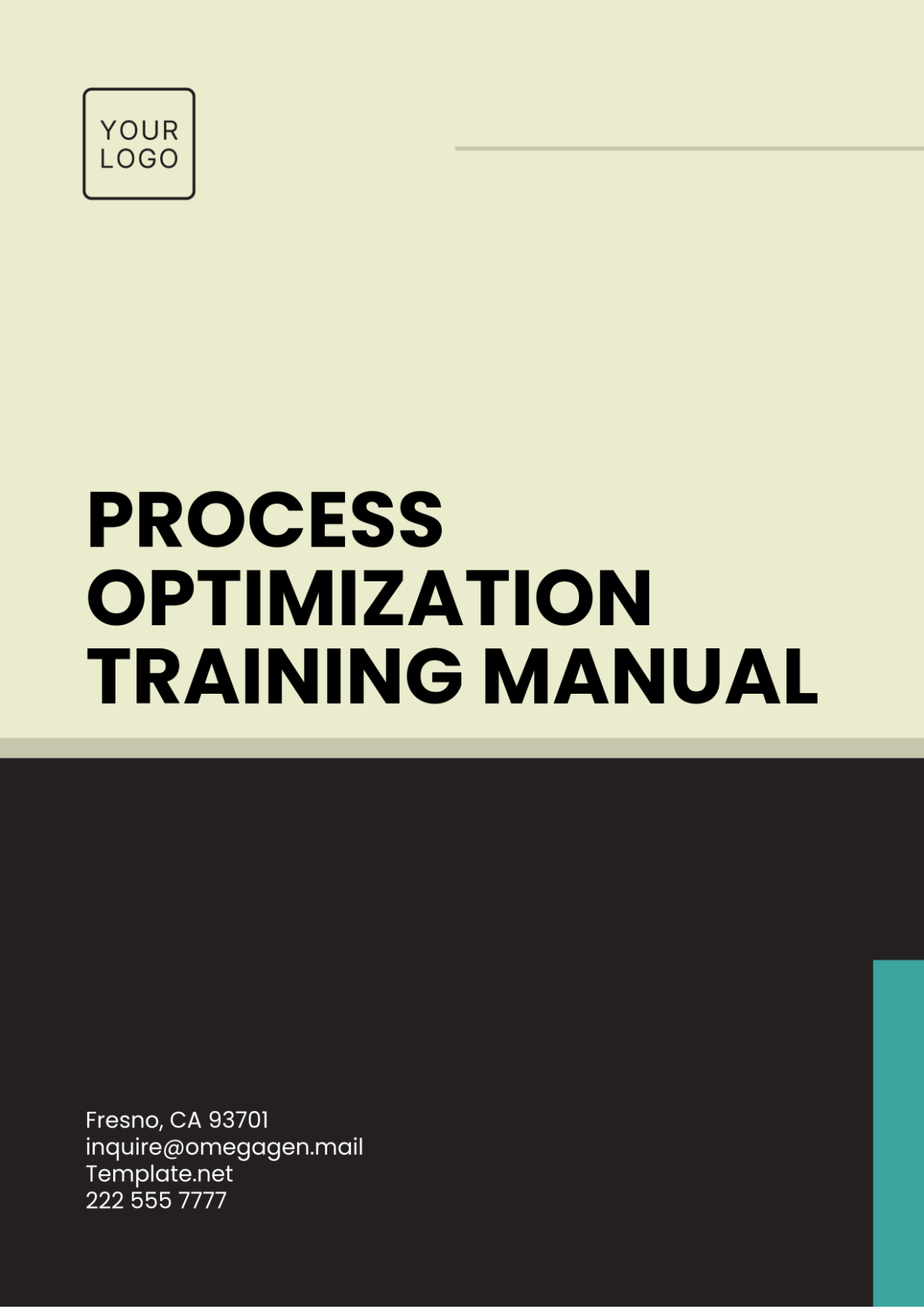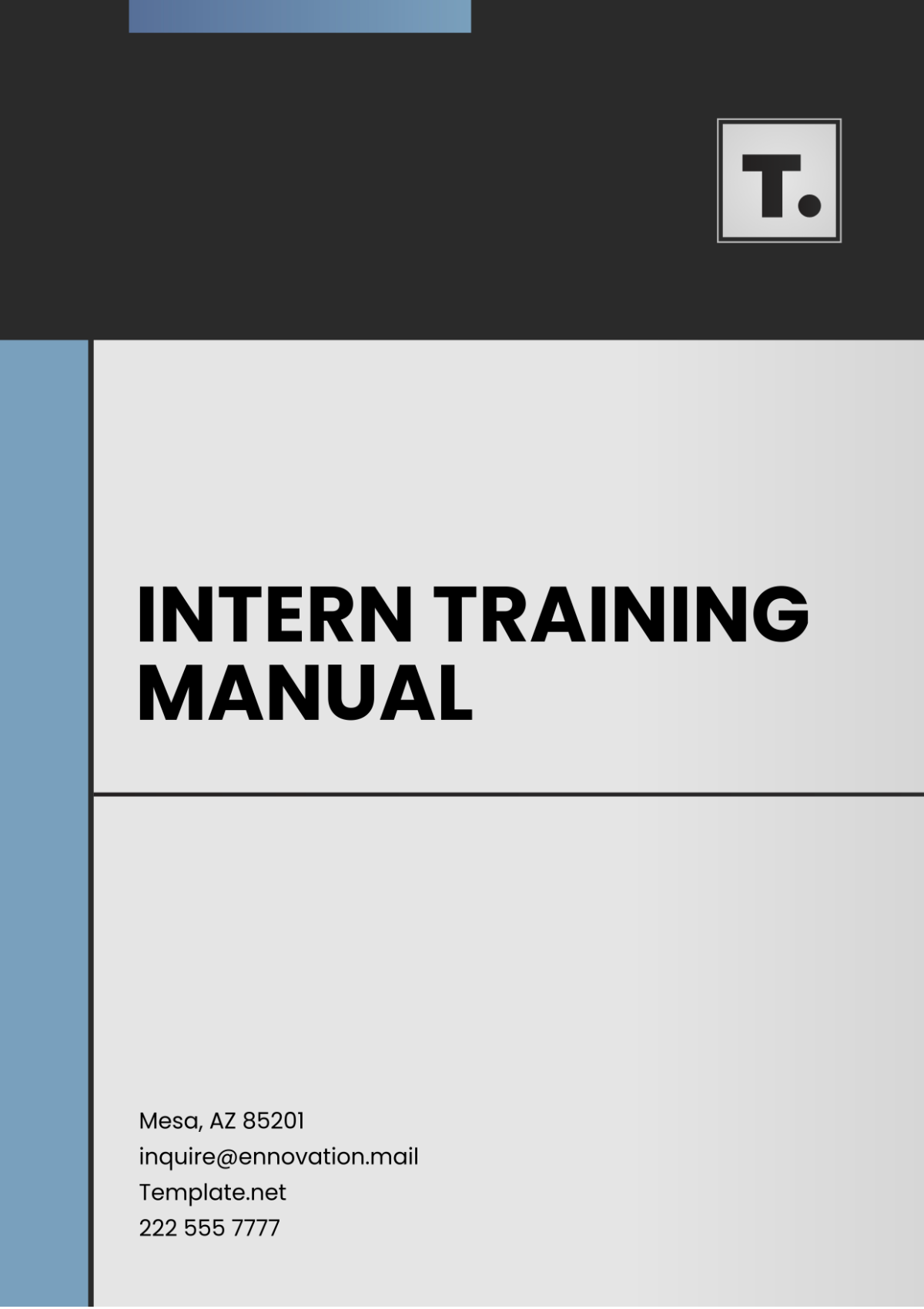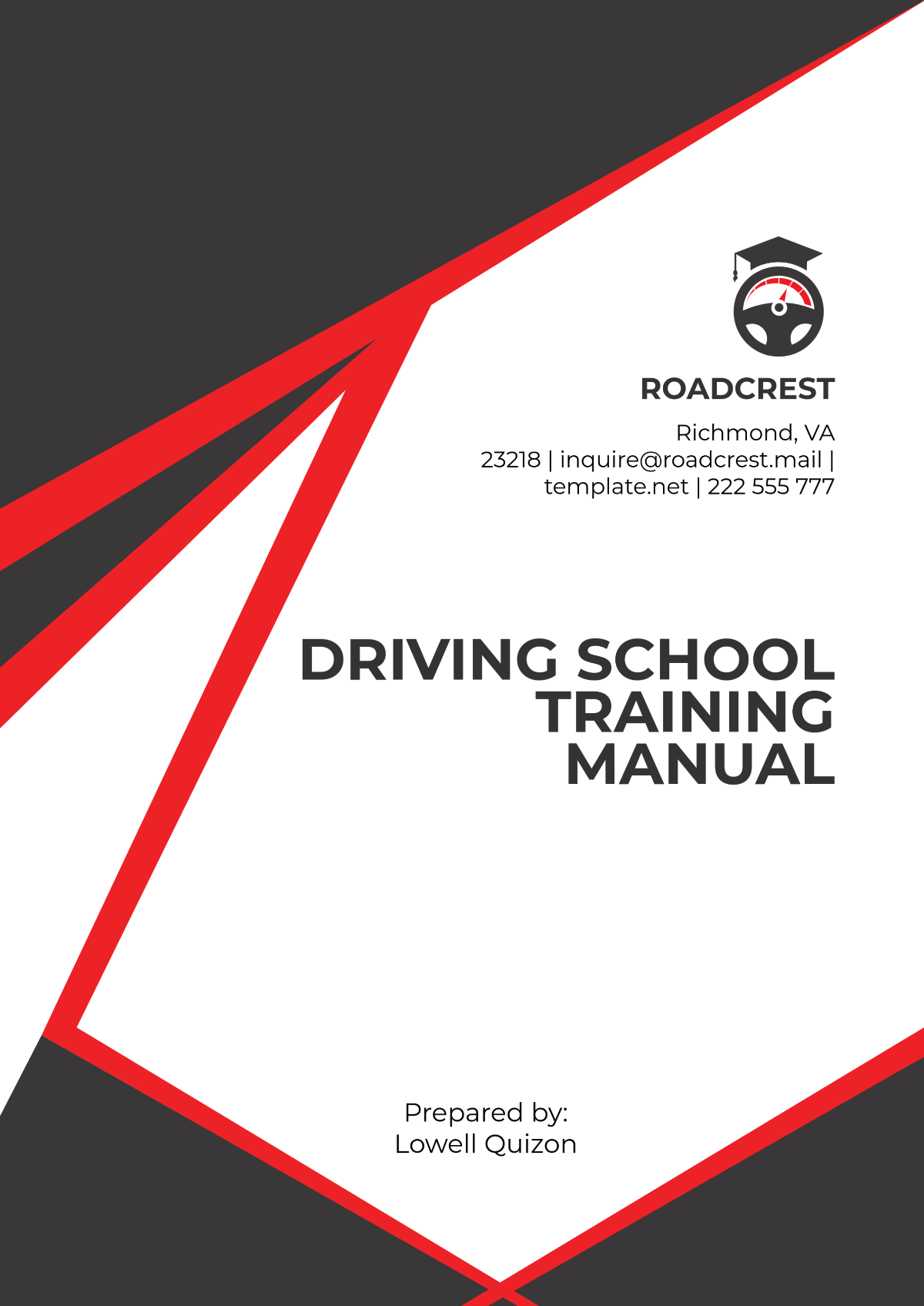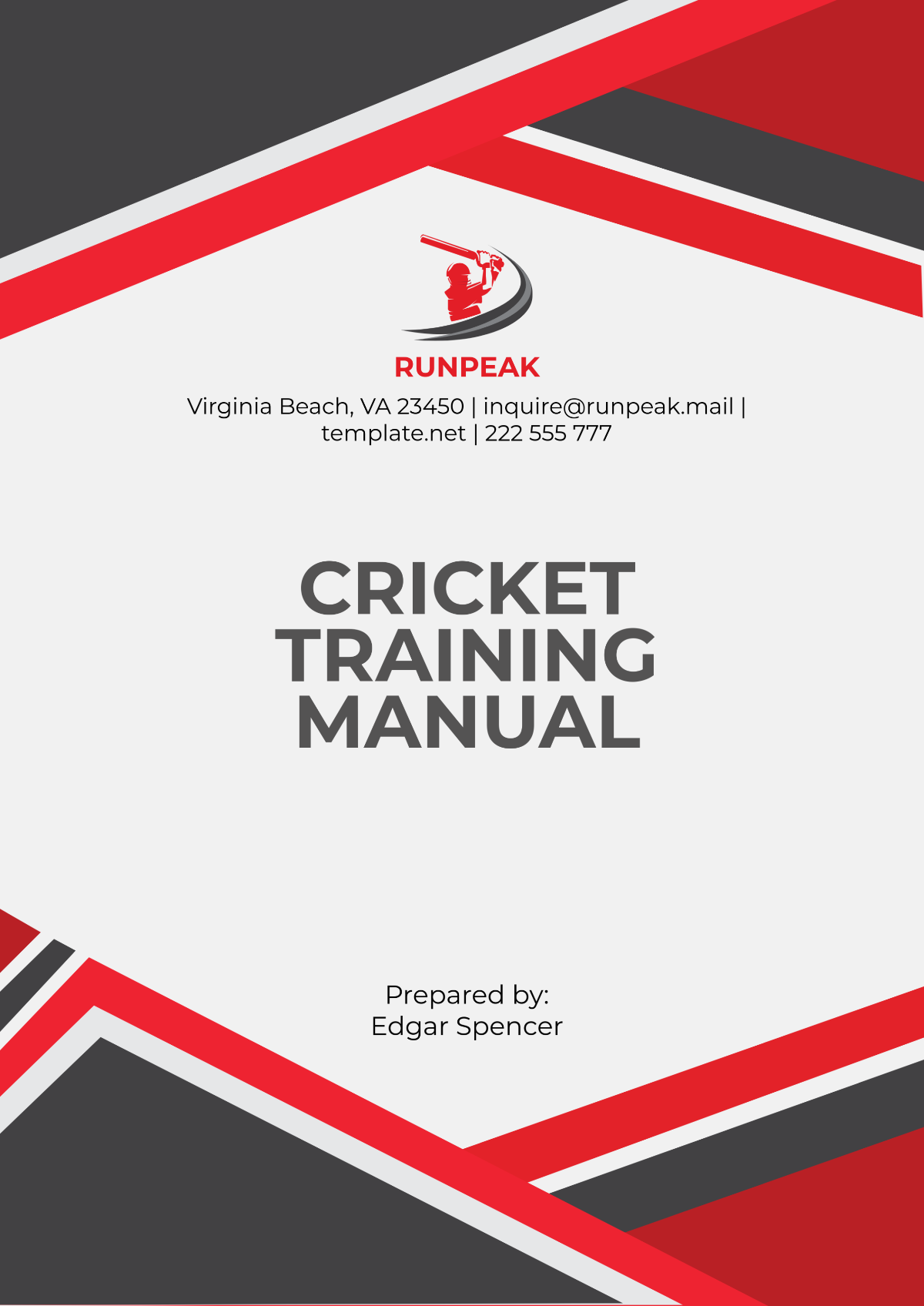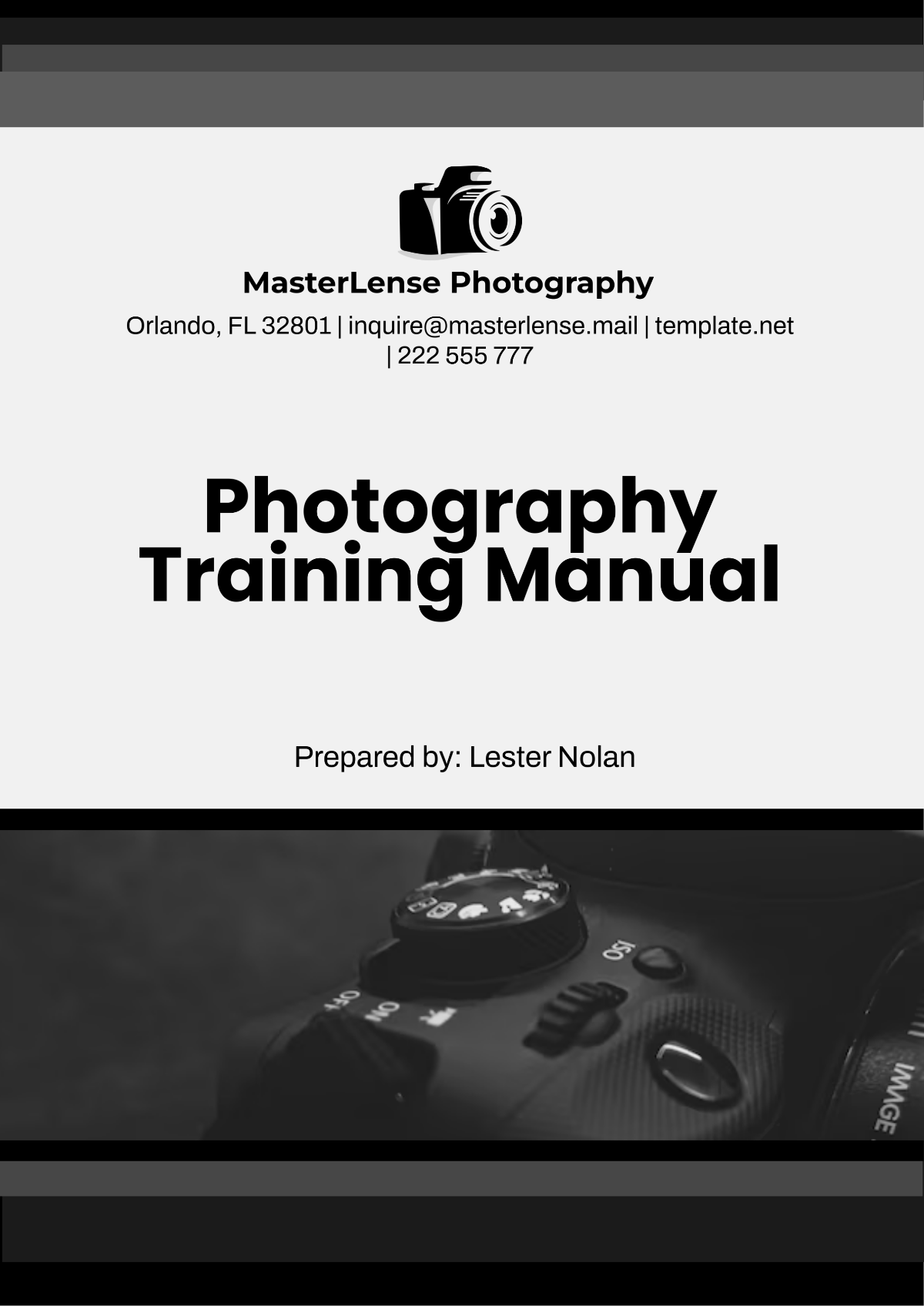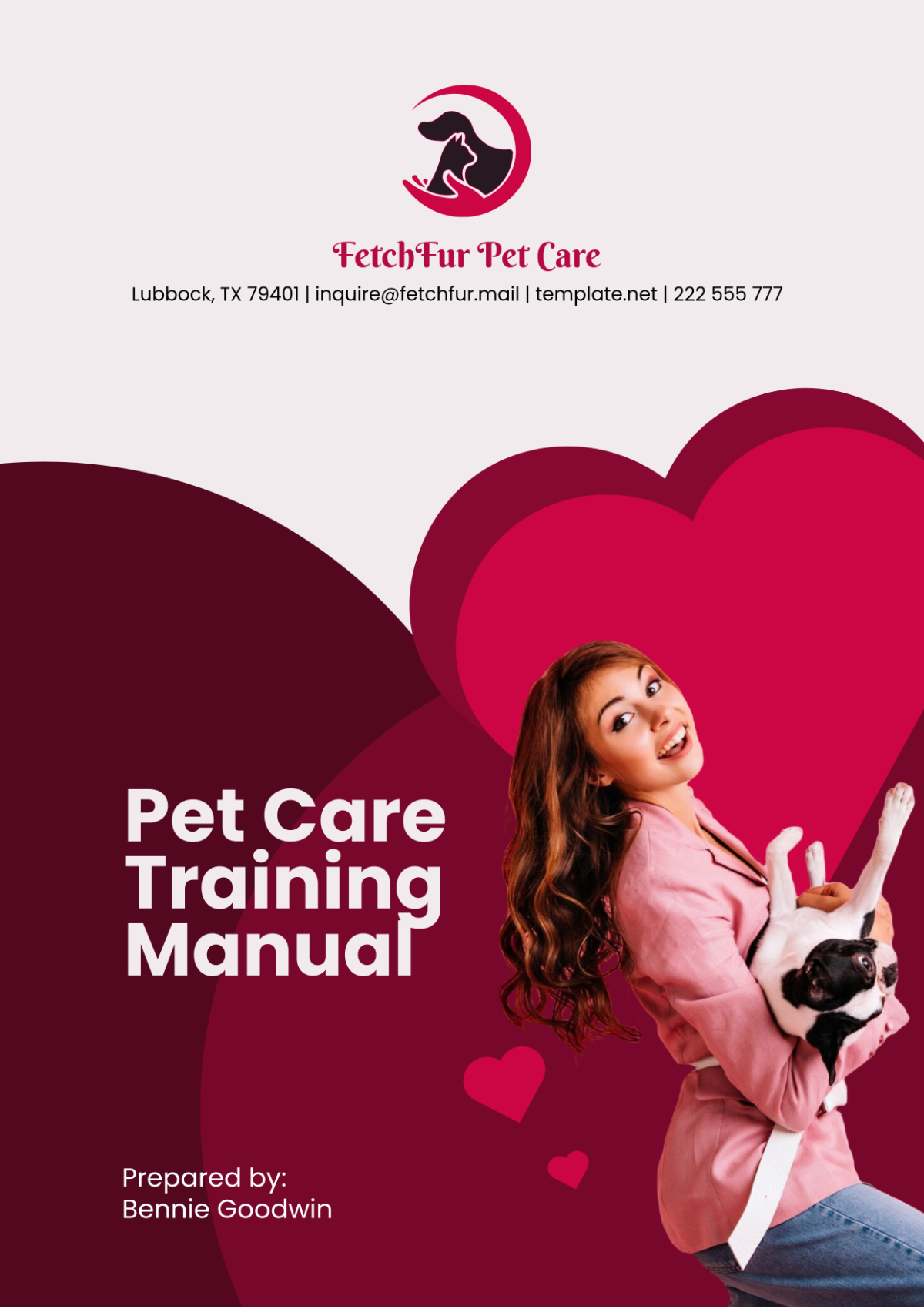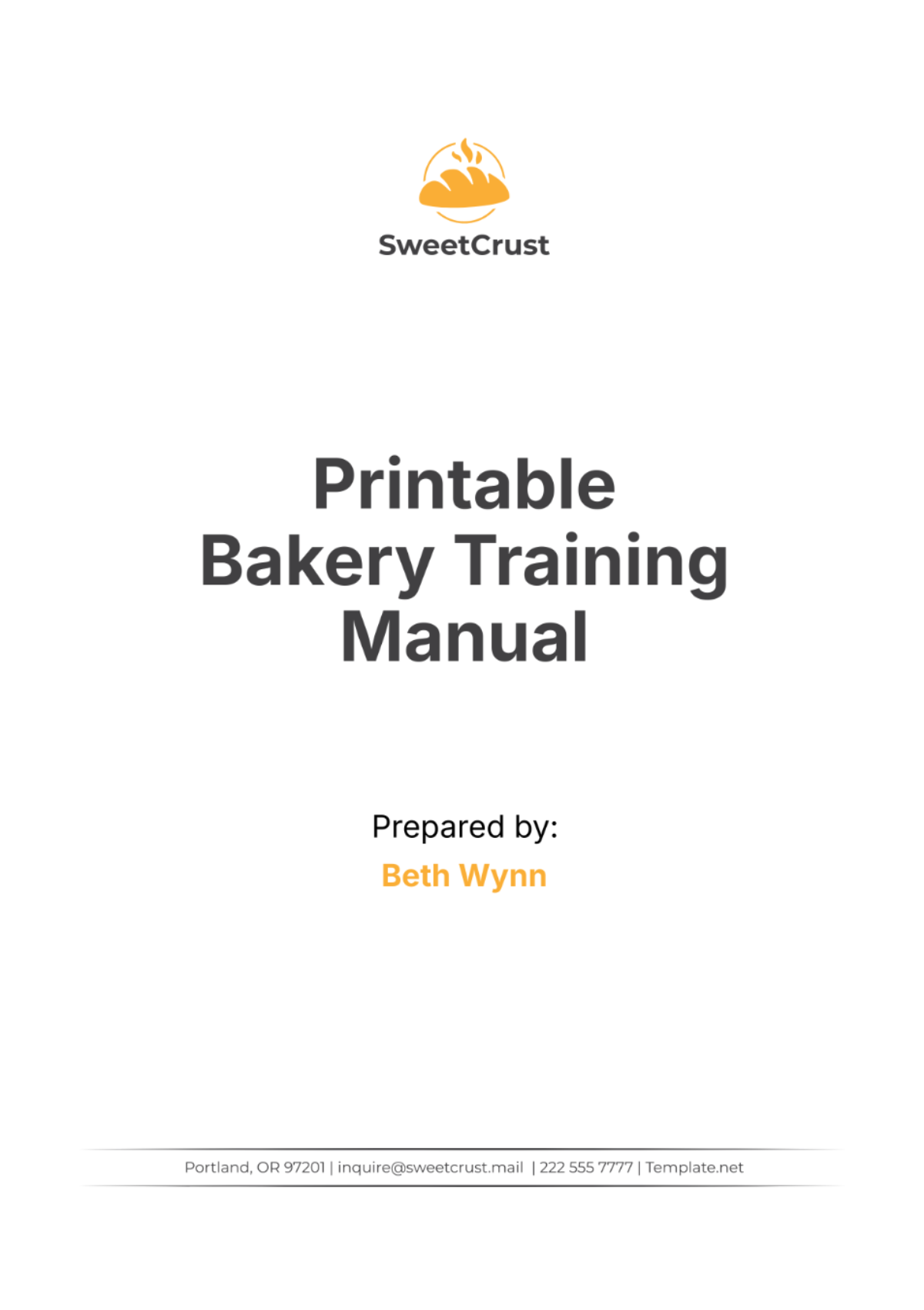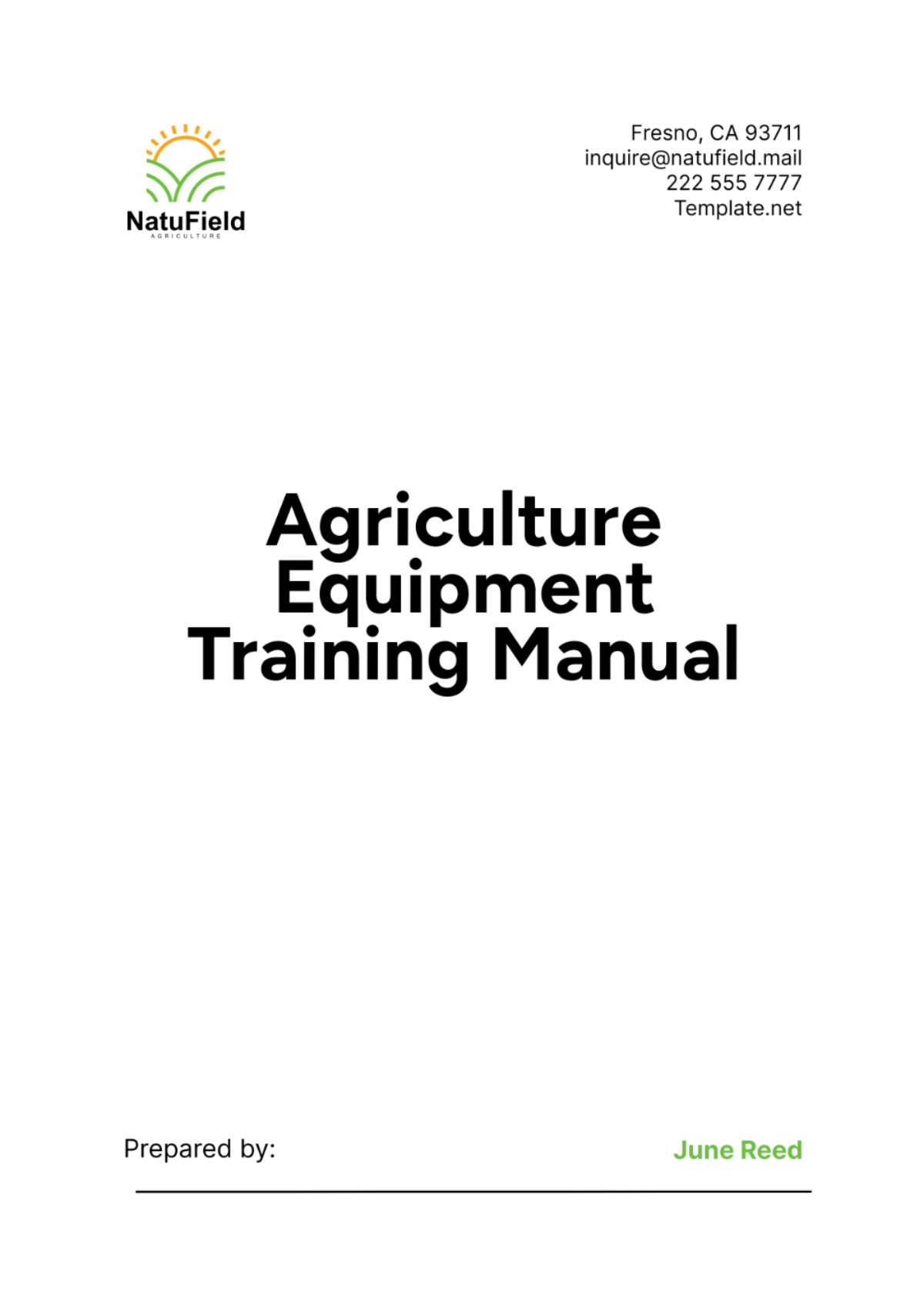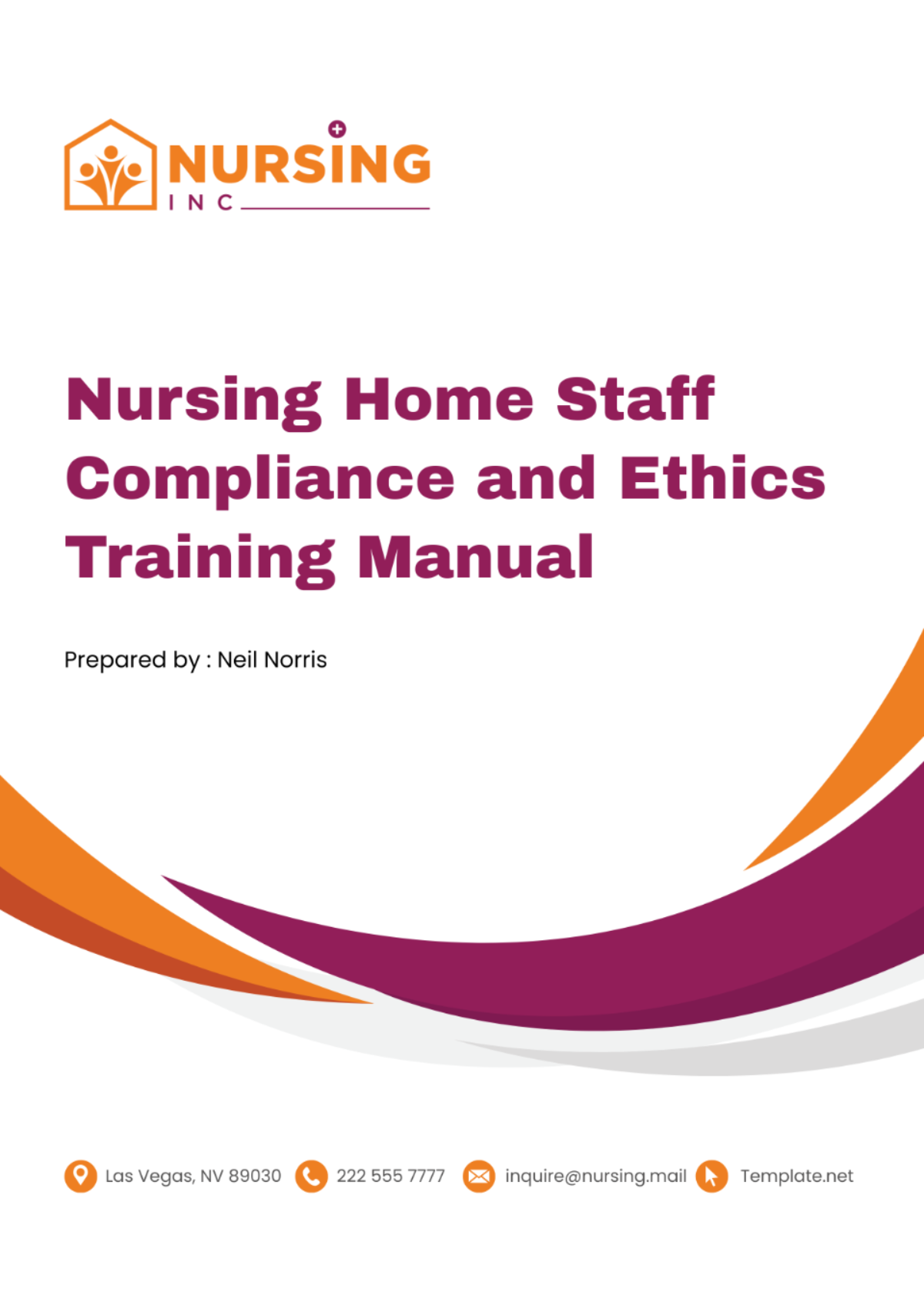Marketing Content Training Manual
Introduction
Welcome to the Marketing Content Training Manual, your comprehensive guide to mastering the art and science of creating, managing, and optimizing marketing content at [Your Company Name]. In the digital age, effective content plays a pivotal role in connecting with our audience, driving engagement, and achieving business objectives. This manual equips you with the knowledge and tools to excel in this endeavor.
Purpose of the Manual
The Marketing Content Training Manual serves several critical purposes:
Providing you with the skills and insights required to excel in content creation.
Ensuring that your content aligns seamlessly with our brand's voice, values, and strategic goals.
Offering a repository of guidelines and best practices for content creation, distribution, and measurement.
Importance of Marketing Content
Marketing content serves as the cornerstone of our digital presence and is instrumental in:
Informing and educating our audience about our products or services.
Cultivating and reinforcing our brand identity and reputation.
Attracting and nurturing potential customers throughout their journey.
Significantly boosting website traffic and conversion rates.
Stimulating meaningful engagement across various social media platforms.
Providing essential support for lead generation and sales initiatives.
Company Overview
Company History
Our journey began in 2050 when the visionary founder Arman Dao embarked on a mission to revolutionize the way businesses approach digital marketing. Over the years, this mission has translated into remarkable milestones and achievements. Notable accomplishments include launching innovative marketing campaigns that tripled client ROI, pioneering data-driven marketing strategies that reshaped industry standards, and winning the prestigious "Digital Marketing Excellence Award" for five consecutive years, cementing our position as a pioneer in the Marketing industry.
Mission and Values
Mission Statement
At [Your Company Name], our mission is to empower and inspire through exceptional content. We believe that every piece of content we create has the power to inform, engage, and enrich the lives of our audience. Our commitment is to deliver content that not only resonates with our readers but also elevates their experiences and drives meaningful connections.
We are dedicated to maintaining the highest standards of integrity, creativity, and customer-centricity in our content endeavors. Our mission is not just to meet but to exceed expectations, fostering trust, loyalty, and brand affinity with every word we craft and every story we tell.
Driven by innovation and fueled by collaboration, we are determined to explore new horizons, adapt to evolving landscapes, and lead the way in content excellence. Our journey is marked by a relentless pursuit of excellence, with content serving as the conduit to deliver value, inspire action, and make a positive impact in the lives of our audience.
Our mission is not just a statement; it's a promise. We pledge to be the catalyst for transformative content experiences, engaging minds and touching hearts, one word at a time.
Core Values
Our core values form the bedrock of our content strategy, shaping the narratives we craft and the way we engage with our audience. Here are some of our core values:
Customer-Centricity: Placing our customers at the forefront of our content efforts, addressing their needs and aspirations.
Innovation: Embracing innovation and creativity, constantly exploring fresh approaches to captivate our audience and stay ahead of industry trends.
Integrity: Upholding the highest ethical standards in our content creation, fostering trust and credibility.
Collaboration: Belief in the power of teamwork, collaborating across departments to produce content that surpasses expectations.
Adaptability: In the dynamic digital landscape, we remain agile and adaptable, ready to pivot and evolve our content strategy as needed.
Target Audience
Our primary target audience comprises marketing professionals in the B2B software industry, a diverse group united by their deep expertise in technology and their role in decision-making processes. Understanding their distinct needs, pain points, preferences, and aspirations is paramount. Through our content, we aim to provide actionable insights, expert advice, and innovative solutions that empower them to make informed decisions, streamline their processes, and stay ahead in a rapidly evolving industry, forging robust connections and delivering valuable solutions.
Content Strategy
Goals and Objectives
Our content strategy is driven by clear, measurable objectives, including:
Increasing brand awareness and visibility.
Driving traffic to our website and landing pages.
Generating leads and nurturing them into loyal customers.
Providing valuable information and resources to our audience.
Strengthening our position as an industry thought leader.
Supporting sales and revenue growth.
Key Performance Indicators (KPIs)
To gauge the effectiveness of our content, we monitor a range of KPIs, including:
Website traffic and page views.
Conversion rates and lead generation metrics.
Social media engagement and follower growth.
Content shares, comments, and feedback.
Email marketing performance, including open rates and click-through rates.
SEO rankings and organic search traffic.
Content Creation Process
Research
Research is the foundation of impactful content creation. It involves:
Market Research: Understanding industry trends, competitor strategies, and audience preferences.
Keyword Research: Identifying relevant keywords and topics for content optimization.
Audience Research: Gaining insights into our target audience's needs, interests, and pain points.
Ideation
Ideation is the creative phase where ideas are generated, explored, and refined. It includes:
Brainstorming sessions to generate content ideas.
Evaluation of ideas based on relevance and alignment with objectives.
Concept development and outlining of content structures.
Planning
Planning involves the strategic organization of content creation efforts:
Defining content objectives and goals for specific pieces.
Creating content calendars to ensure a consistent publishing schedule.
Allocating resources and roles within the content team.
Creation
Content creation is the tangible realization of ideas:
Writing articles, blog posts, or other written content.
Designing graphics, infographics, or visuals.
Producing videos or multimedia content.
Ensuring adherence to brand guidelines, tone, and style.
Review and Approval
Before content is published, it goes through a rigorous review process:
Multiple rounds of editing for accuracy and clarity.
Review for brand consistency, voice, and messaging.
Final approval by designated team members.
Content Guidelines
Grammar and Writing Style
Maintaining a consistent writing style and impeccable grammar is vital for effective communication. Our content follows these guidelines:
Use of clear and concise language.
Proper grammar, punctuation, and spelling.
Adherence to our brand's unique tone and voice.
Avoidance of jargon or technical language when targeting a general audience.
Visual Branding Guidelines
Our visual branding guidelines ensure consistency in the visual elements of our content:
Use of approved fonts, colors, and logo placement.
Guidelines for image selection, sizing, and attribution.
Consistent design templates for presentations, infographics, and other visuals.
Keyword Research and SEO Best Practices
Keyword Research
Keyword research is an essential aspect of content optimization:
Identify relevant keywords and phrases for each content piece.
Use keyword research tools to evaluate search volume and competition.
Incorporate keywords naturally within content while maintaining readability.
On-Page SEO
On-page SEO practices ensure content is optimized for search engines:
Proper use of headings (H1, H2, H3, etc.).
Meta descriptions and title tags optimized with keywords.
Use of alt text for images.
Internal and external linking to authoritative sources.
SEO Tools and Resources
Effective search engine optimization (SEO) is a cornerstone of successful content marketing. To help you achieve the best results, we provide access to a range of SEO tools and resources that are essential for optimizing your content for search engines, improving visibility, and driving organic traffic.
1. Keyword Research Tools
Keyword research is a fundamental aspect of SEO. These tools will aid you in identifying the most relevant and high-impact keywords for your content:
Google Keyword Planner: A powerful tool that provides insights into keyword search volume, competition, and trends. It's an excellent starting point for keyword research.
SEMrush: Offers comprehensive keyword research capabilities, competitor analysis, and insights into organic and paid search.
Ahrefs: Known for its extensive database of keywords and backlink analysis, Ahrefs provides valuable insights into keyword difficulty and potential.
2. On-Page SEO Tools
Optimizing individual pages on your website is crucial for SEO success. These tools help you fine-tune on-page elements:
Yoast SEO (for WordPress): A popular WordPress plugin that offers real-time suggestions for improving on-page SEO, including optimizing content and meta tags.
Moz On-Page Grader: Moz's tool analyzes individual pages and provides recommendations for on-page SEO improvements.
Screaming Frog SEO Spider: A website crawling tool that helps you identify on-page issues like broken links, missing meta tags, and more.
3. Analytics and Tracking Tools
Monitoring the performance of your content and SEO efforts is essential. These tools provide insights into your website's traffic and user behavior:
Google Analytics: The industry-standard tool for tracking website traffic, user behavior, and conversions. It provides in-depth data on your audience.
Google Search Console: Offers valuable insights into how your site is performing in Google's search results, including indexing status, click-through rates, and search ue
Bing Webmaster Tools: Similar to Google Search Console but specific to Bing, this tool helps you monitor and optimize your site's visibility on Bing search.
4. Content Optimization Tools
Ensuring that your content is optimized for search engines and readers is crucial. These tools help you achieve that balance:
Grammarly: Helps you maintain impeccable grammar and readability in your content, which contributes to SEO and user experience.
Hemingway Editor: Highlights complex sentences, adverbs, and other readability issues in your content, making it more accessible to readers.
Copy scape: Checks for duplicate content across the web to ensure your content is unique and not penalized by search engines.
5. SEO Learning Resources
Staying updated on SEO best practices is essential in the ever-evolving digital landscape. Here are some valuable resources:
Moz's Beginner's Guide to SEO: A comprehensive guide covering all aspects of SEO, suitable for beginners and experienced marketers.
SEMrush Academy: Offers free courses and certifications on SEO, content marketing, and more.
Google's SEO Starter Guide: A resource directly from Google that provides insights into SEO best practices and guidelines.
